One of the most underappreciated wild fruits, nannyberries (Viburnum lentago) taste like prunes mixed with bananas. As one of the most dependable wild fruits available to foragers I know of, if you haven't tried your hand at cooking with them it's time. They're also one of the few fruits you can forage in the winter. Read on and I'll explain everything you need to know.
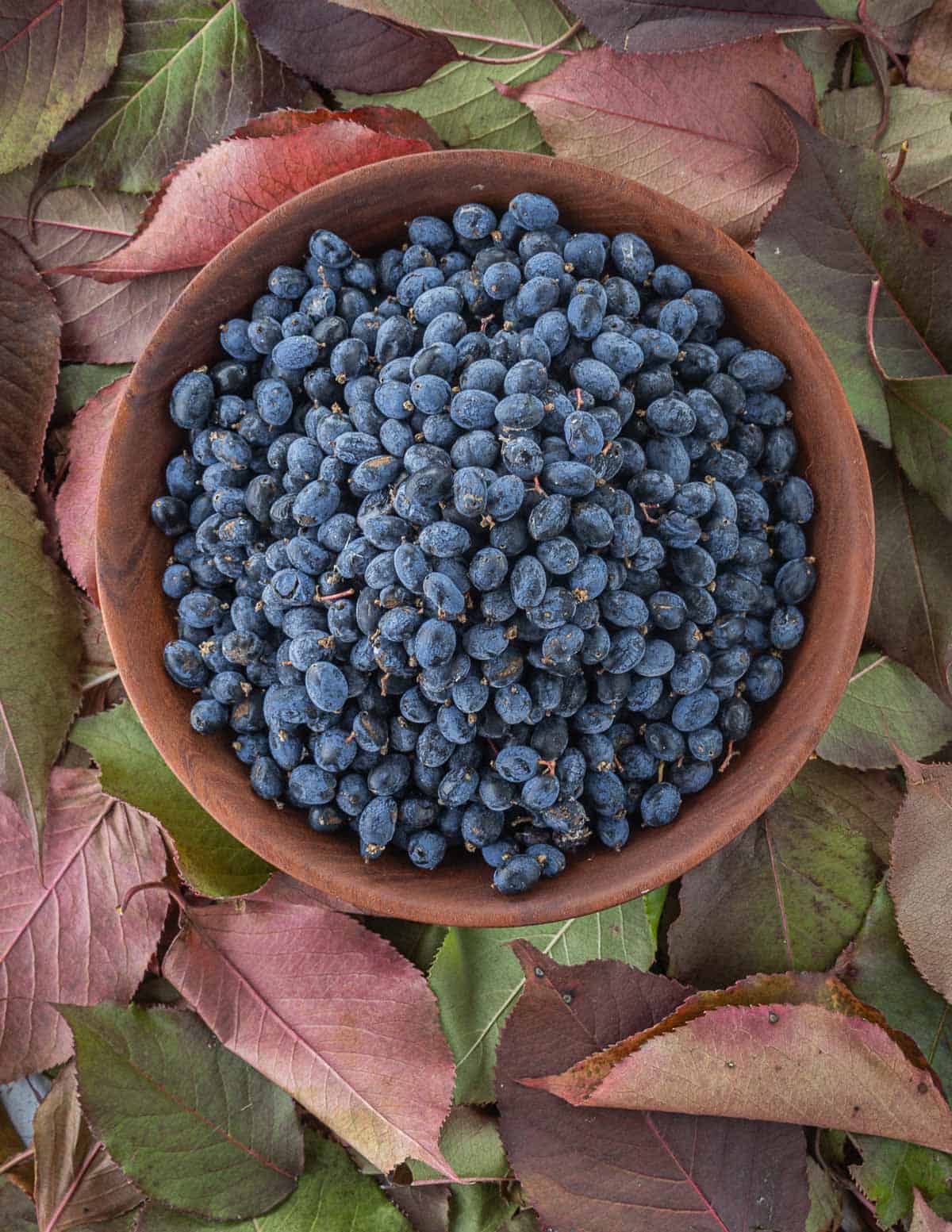
A lesser known cousin to highbush cranberries, nannyberries are native to Eastern North America, Southeastern Ontario and Quebec. They're often found in moist, sunny areas like the edges of marshes and ponds.
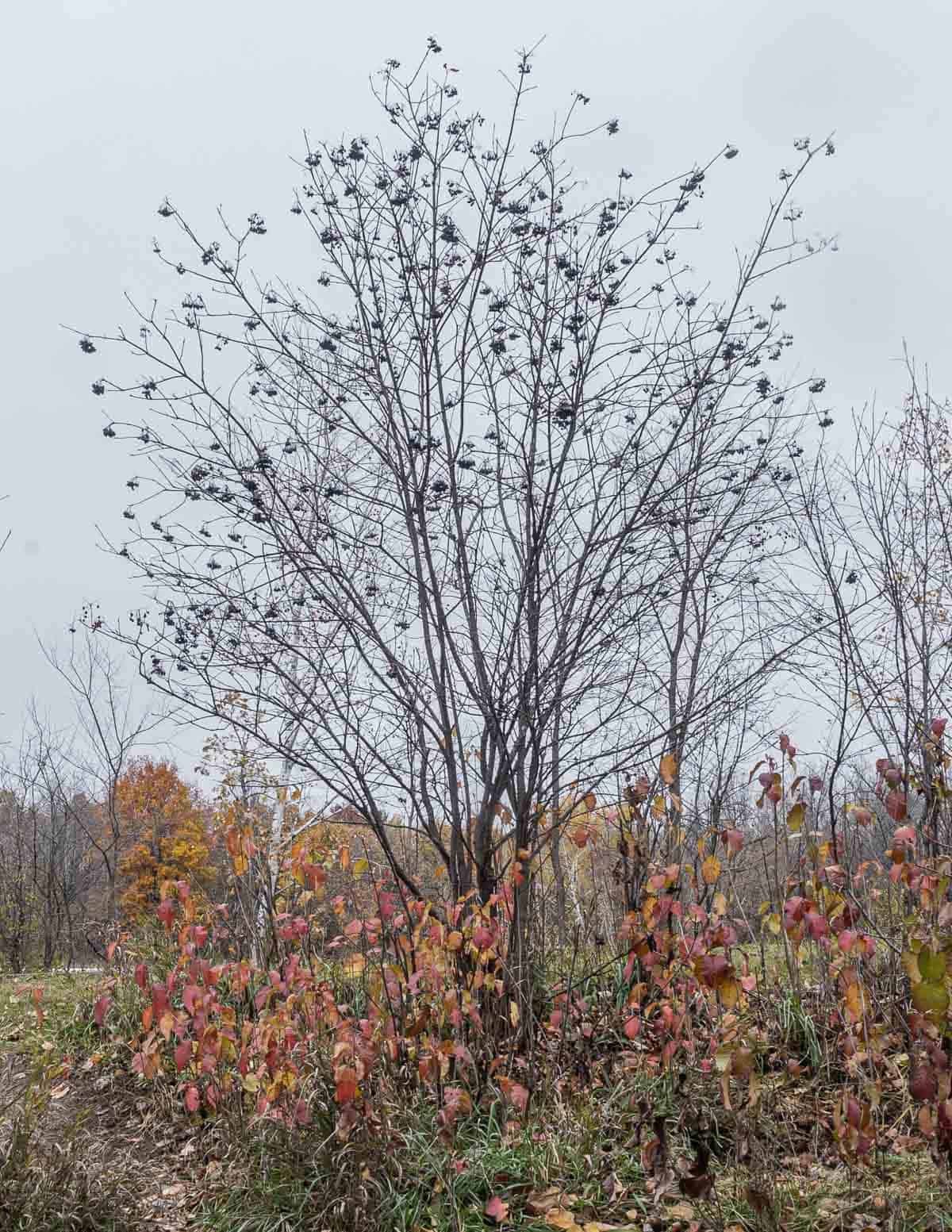
Mostly I see them in young woods and field edges as they don't tolerate much shade. The plants are one of the most dependable fruit shrubs I know, but plants in the woods or shady areas don't produce amounts of fruit compared to those in full sun.
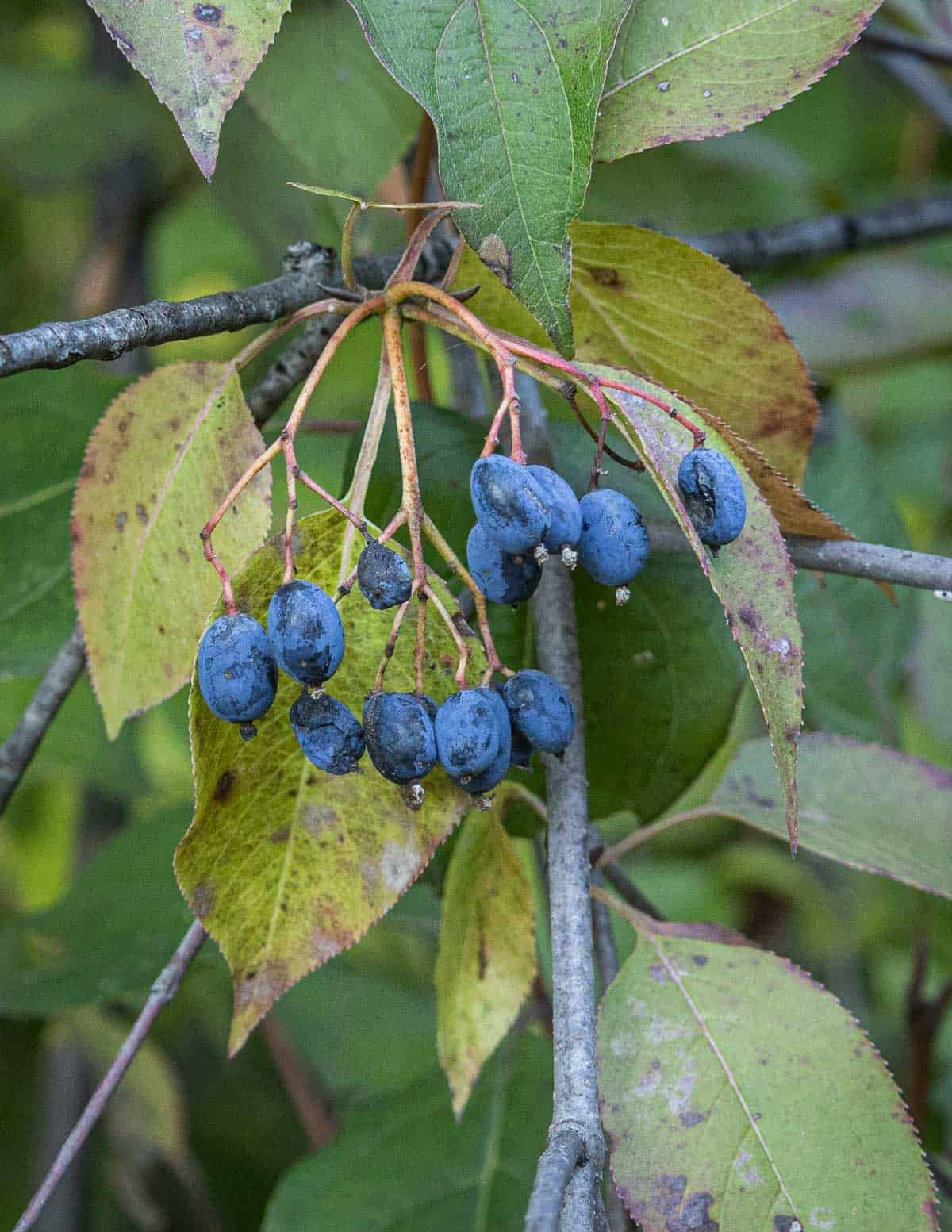
Nannyberry plants are common in landscaping, municipal areas and parking lots. My favorite patch at a disc golf course can give gallons of fruit as the plants are in full sun.
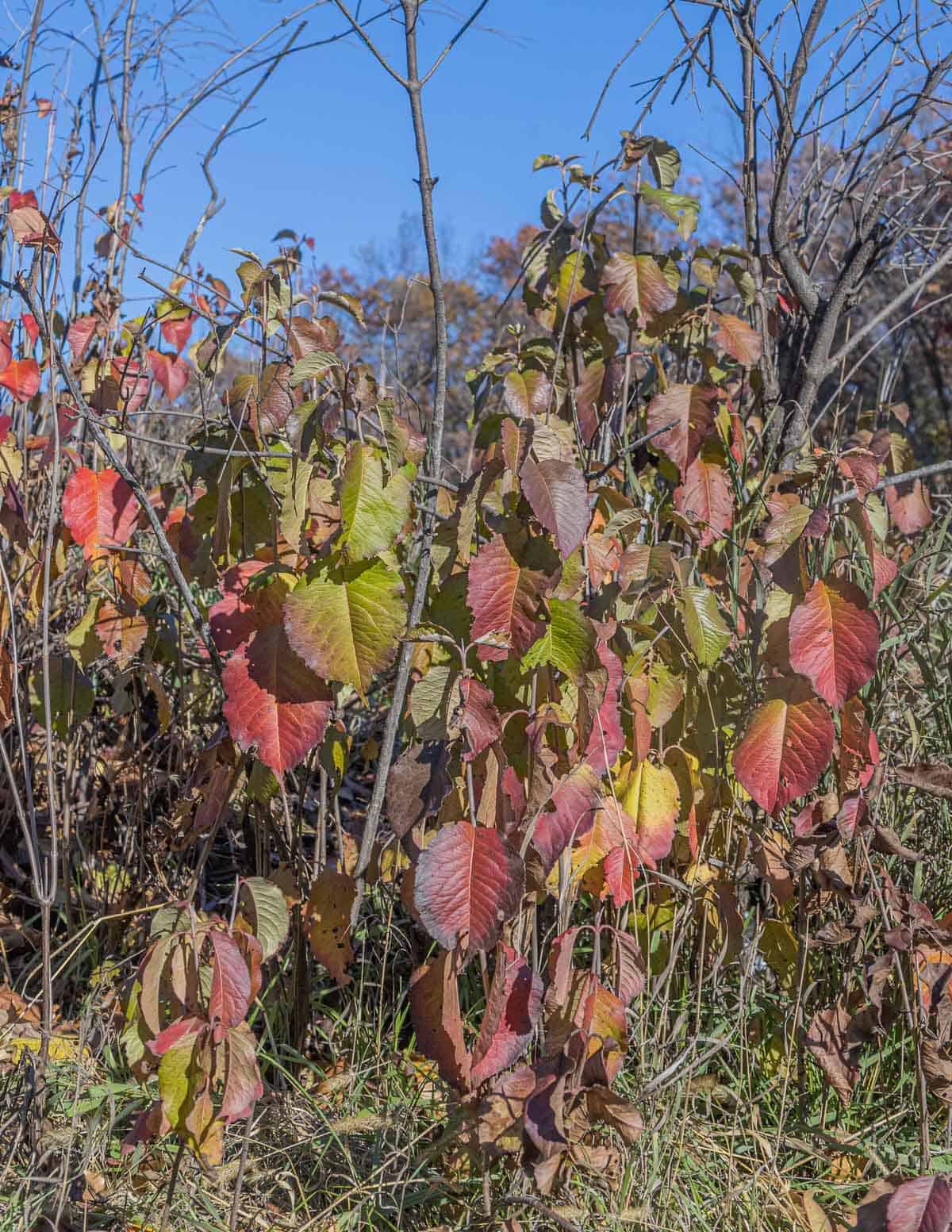
The plants are adaptable to a wide variety of soil types, including well drained soil-one of the reasons I'll be growing nannyberries in my backyard next year. Prairie Moon Nursery sells and ships young nannyberry trees if you want to buy your own.
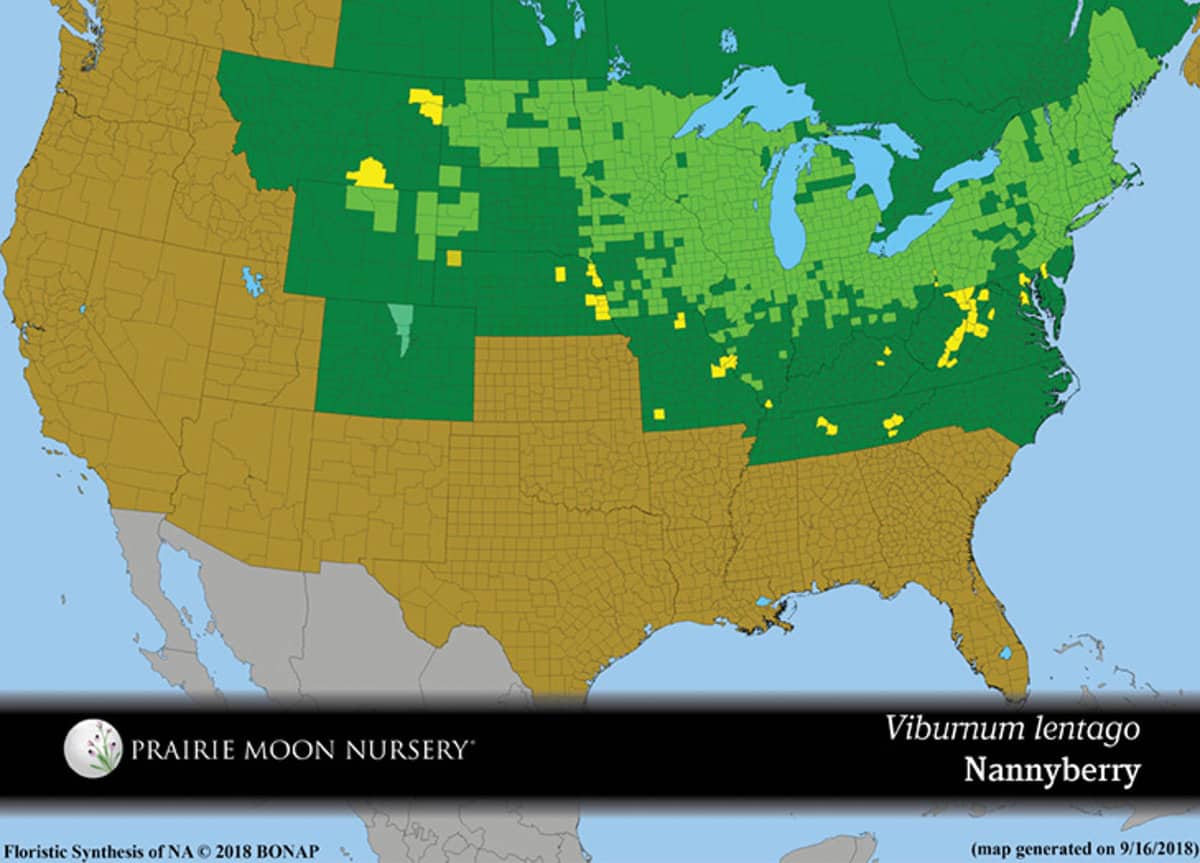
Nannyberry Identification
Viburnum lentago (nannyberry) are multi-stemmed, suckering, deciduous shrubs or small trees, ranging from about 8-15 in height and about 1-2 inches in diameter. They have the largest leaves and fruit of all plants in the black haw group: a number of related plants that make similar edible fruit.
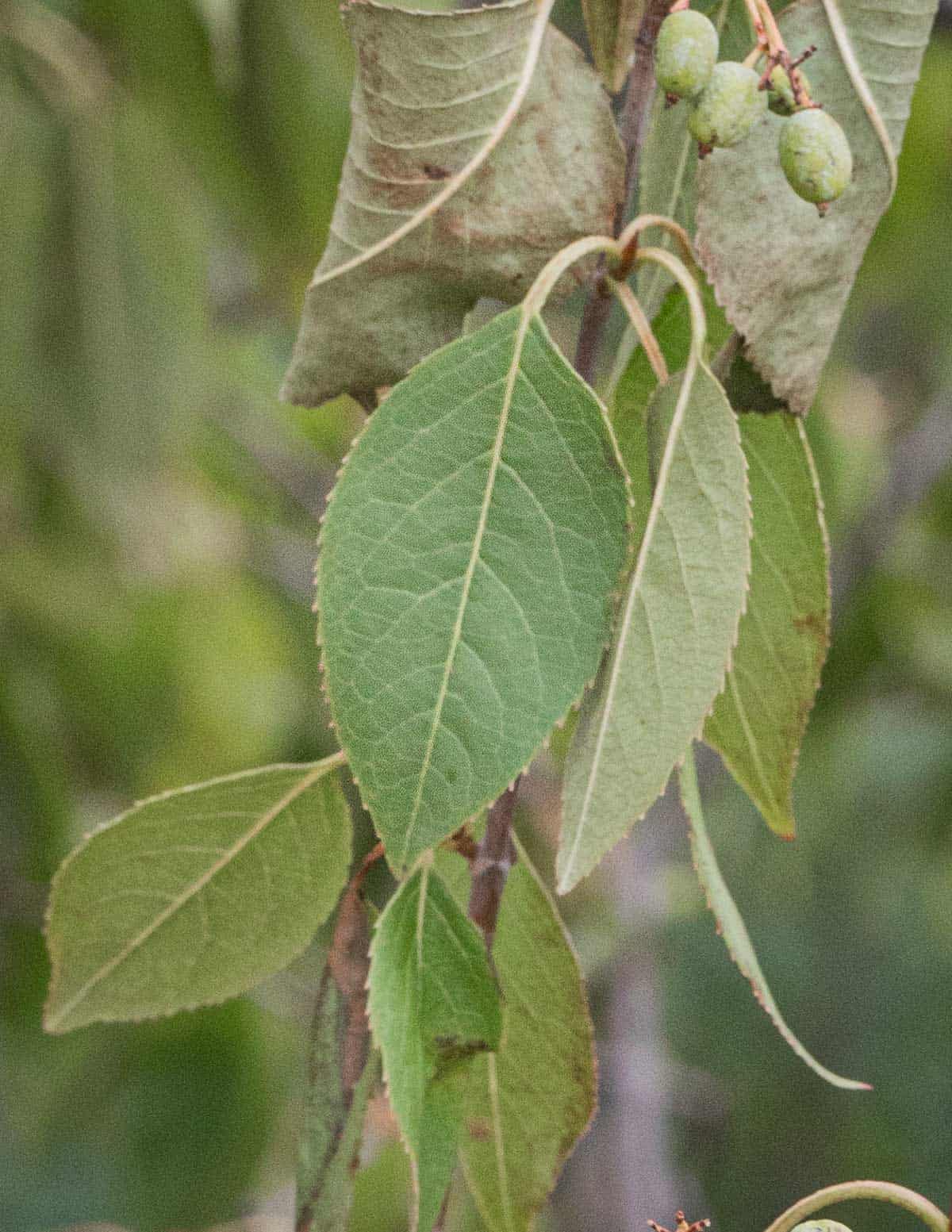
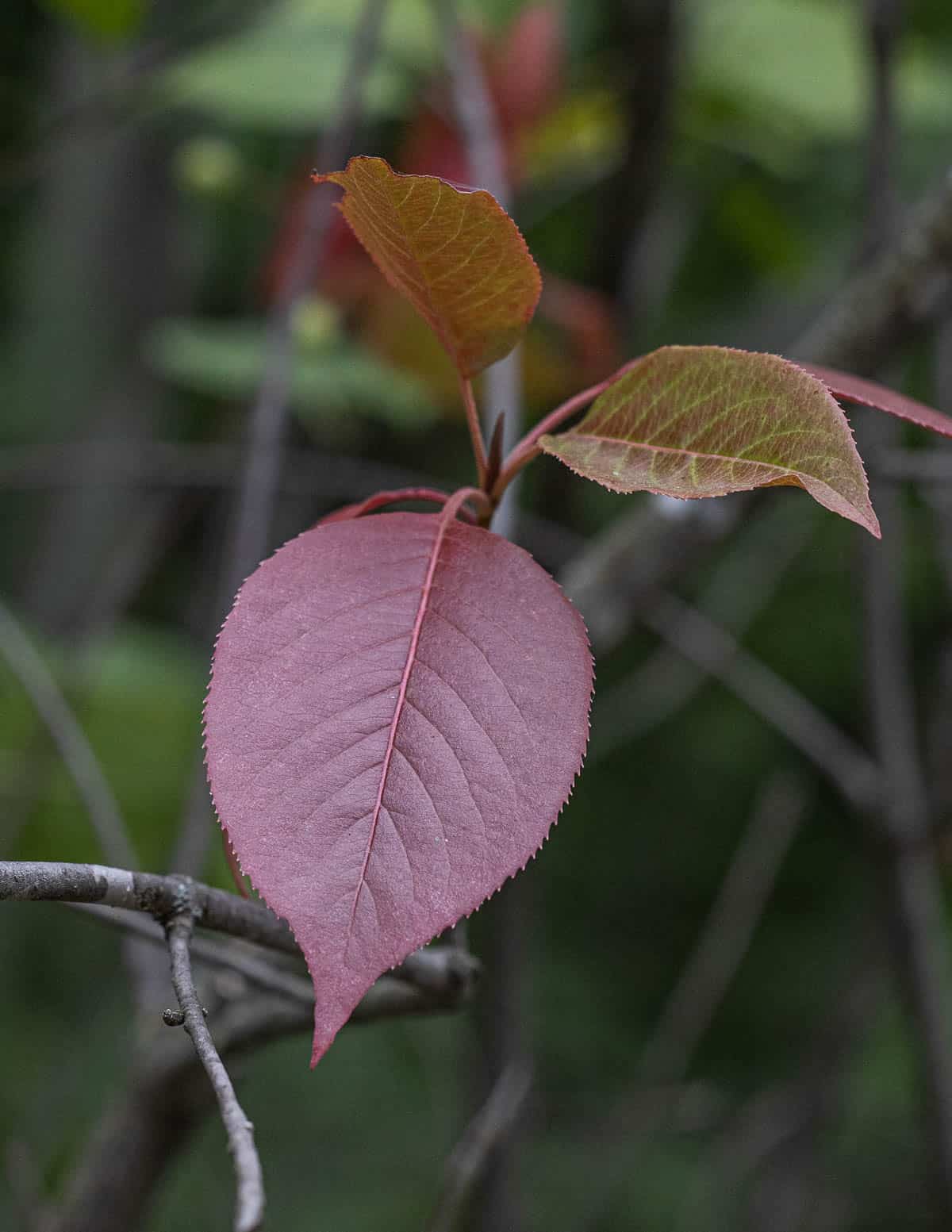
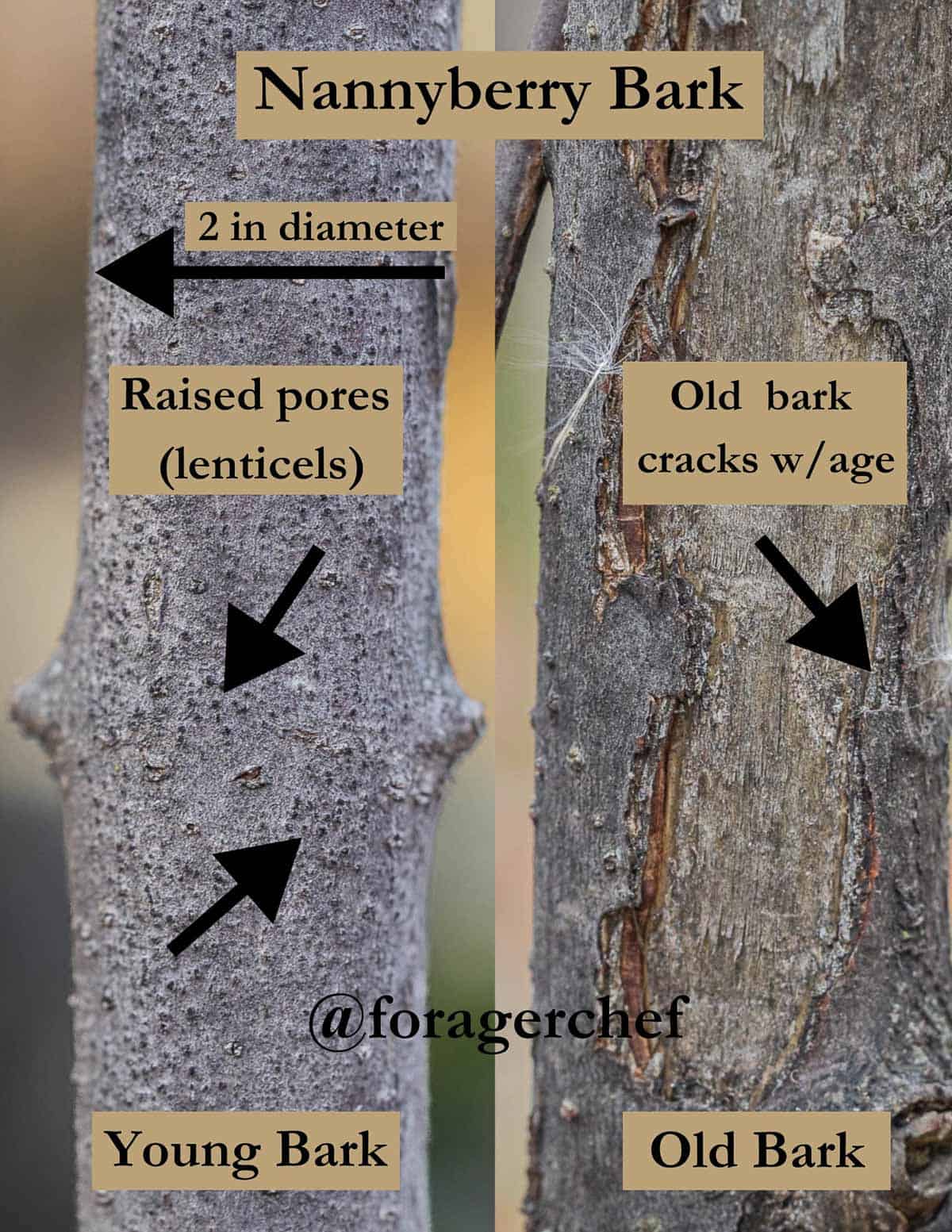
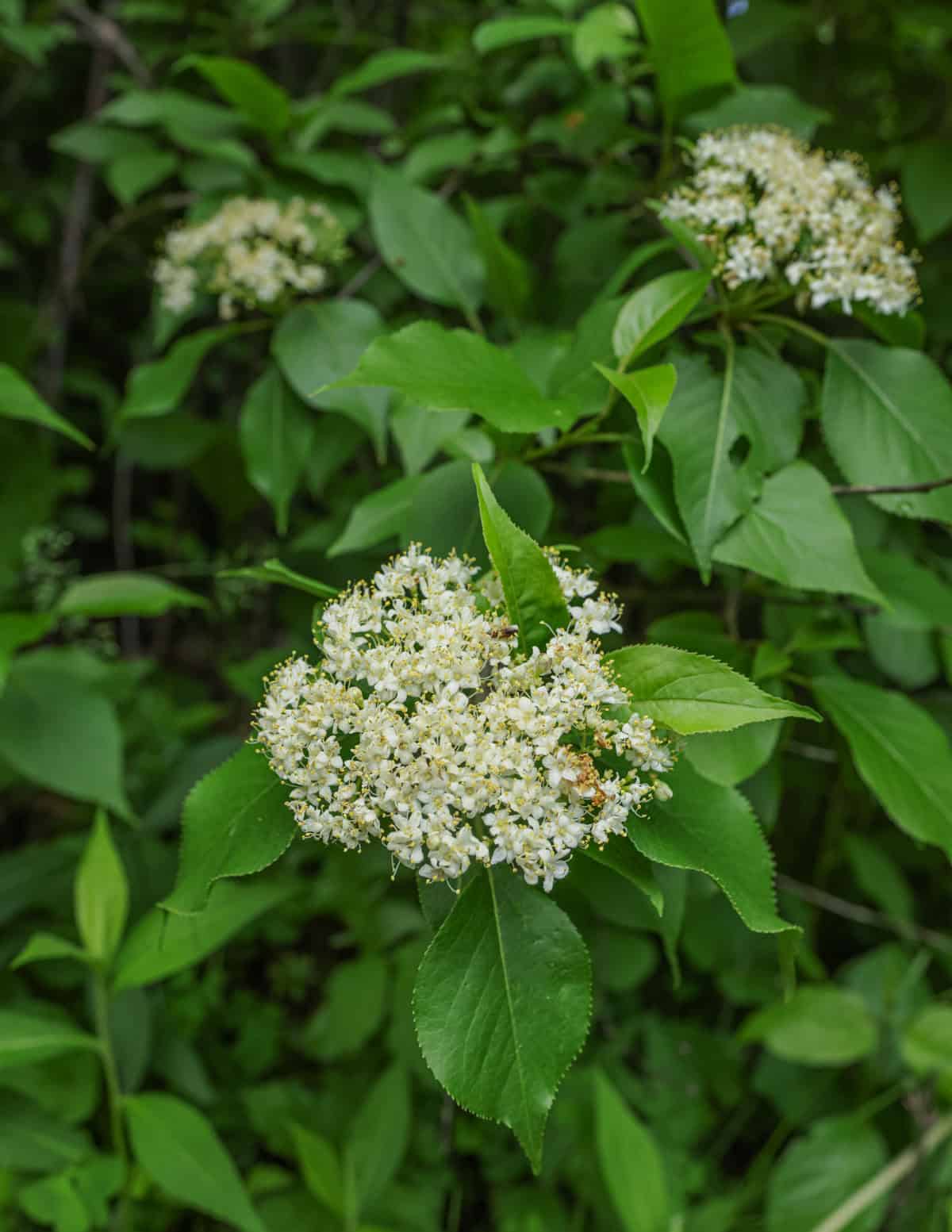
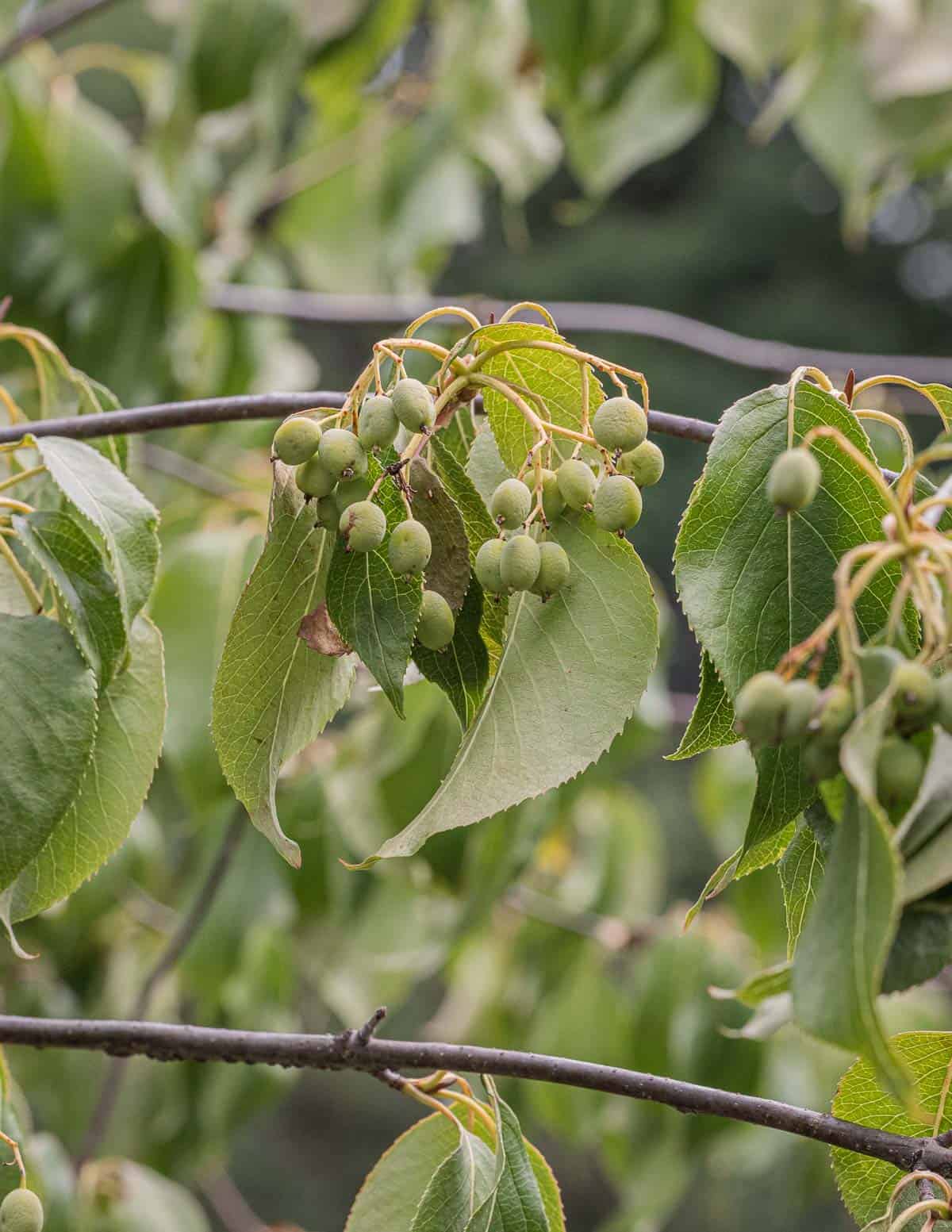
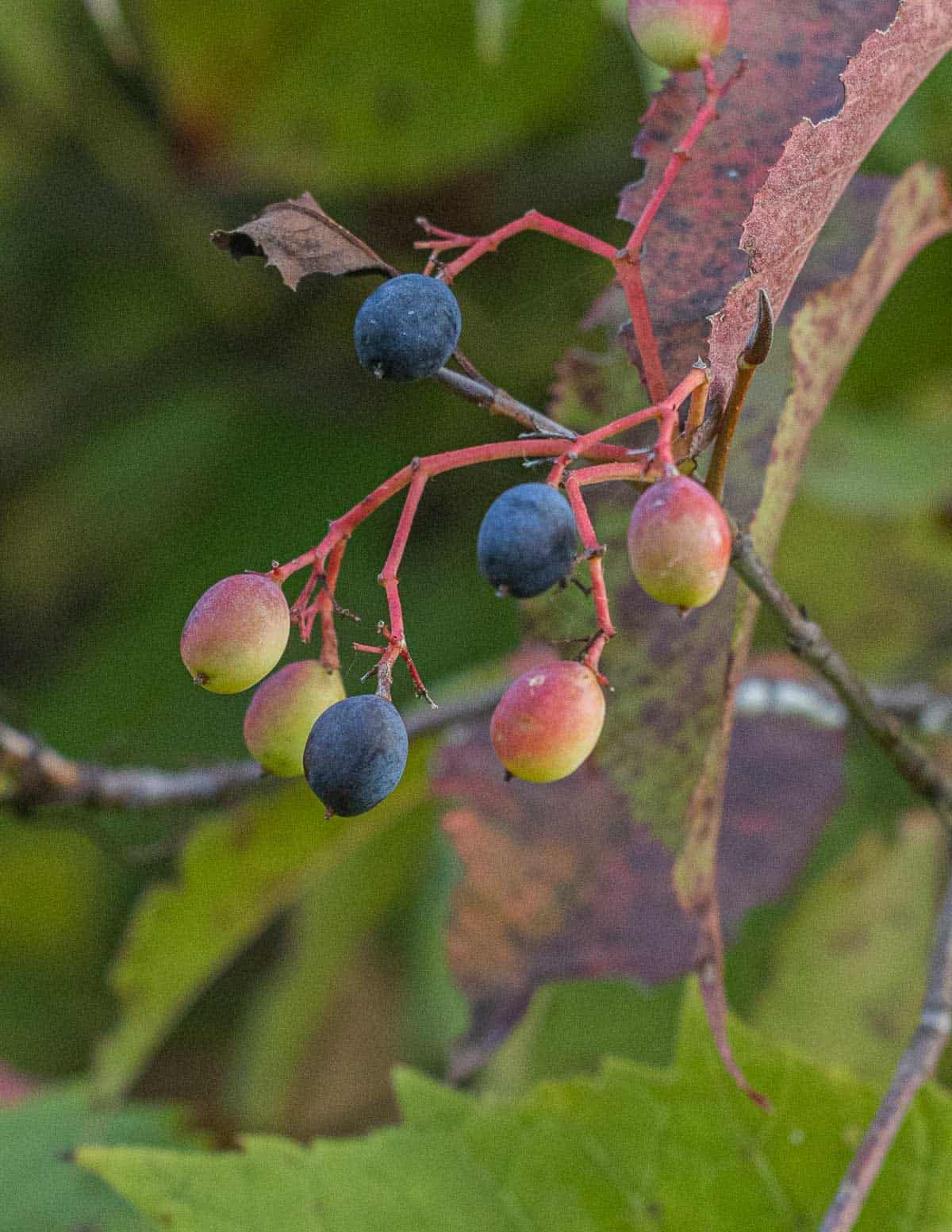
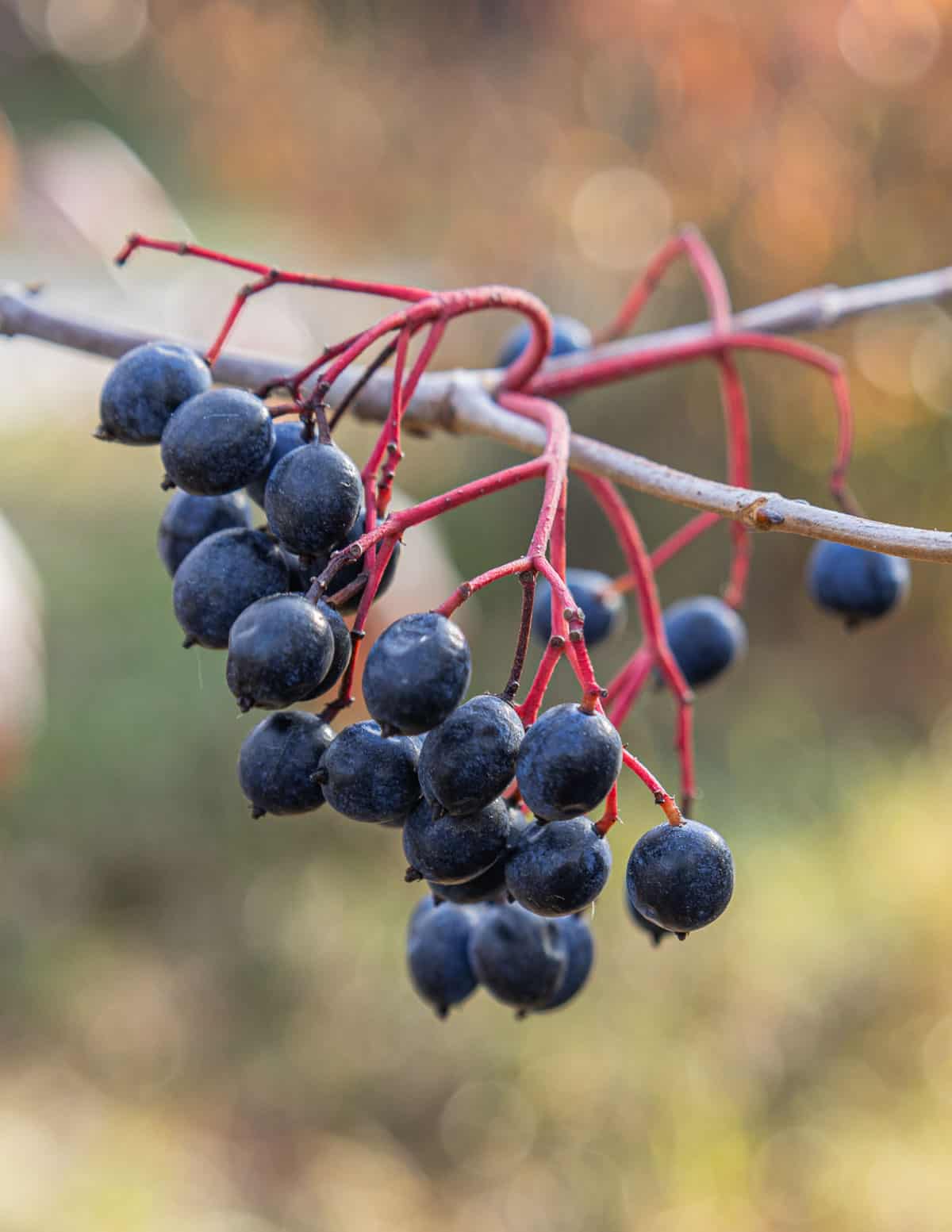
The fruit are borne in large, pink-stemmed clusters and are blue-black when ripe.
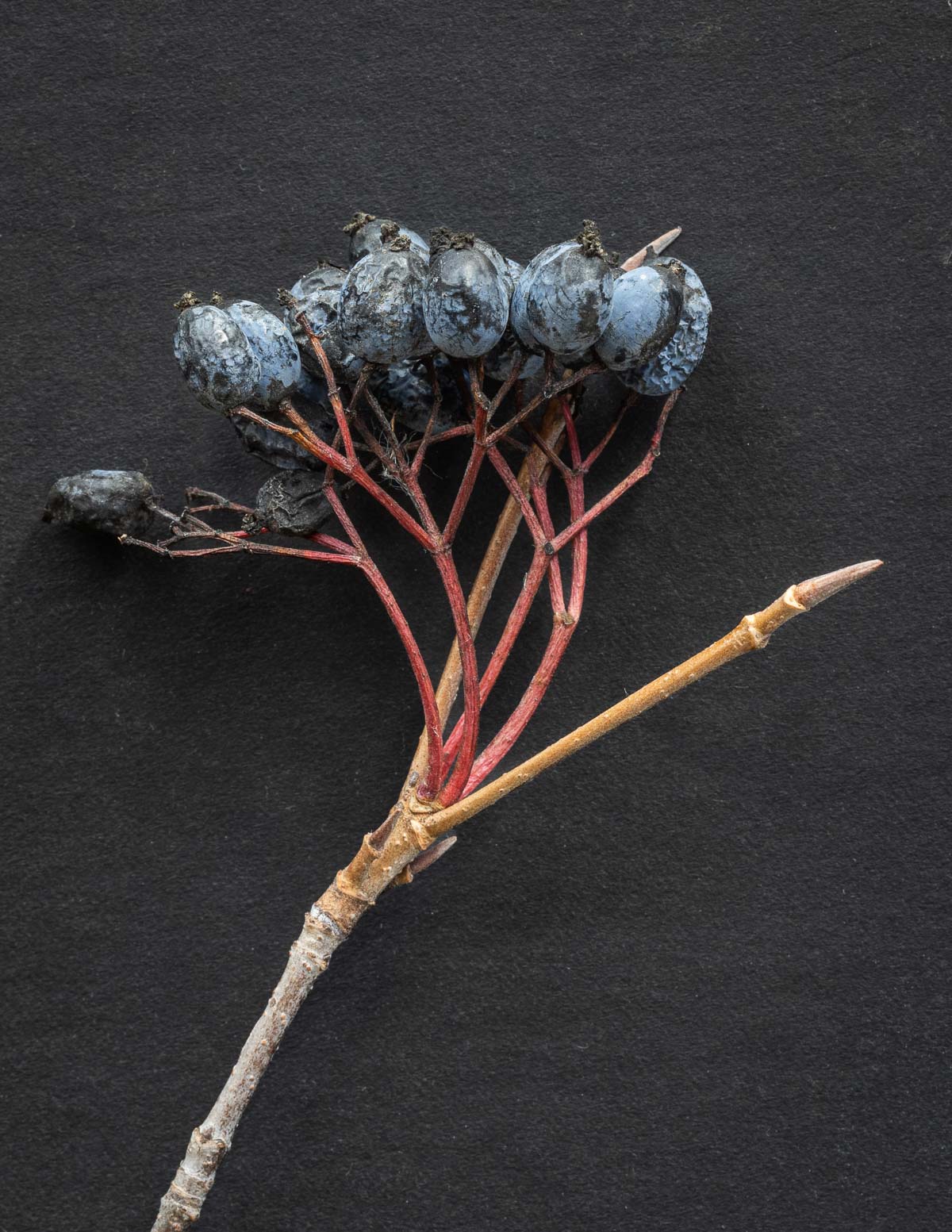
Each fruit has a single, large, flattened, slightly soft seed, comparable to a watermelon seed with sharper edges.
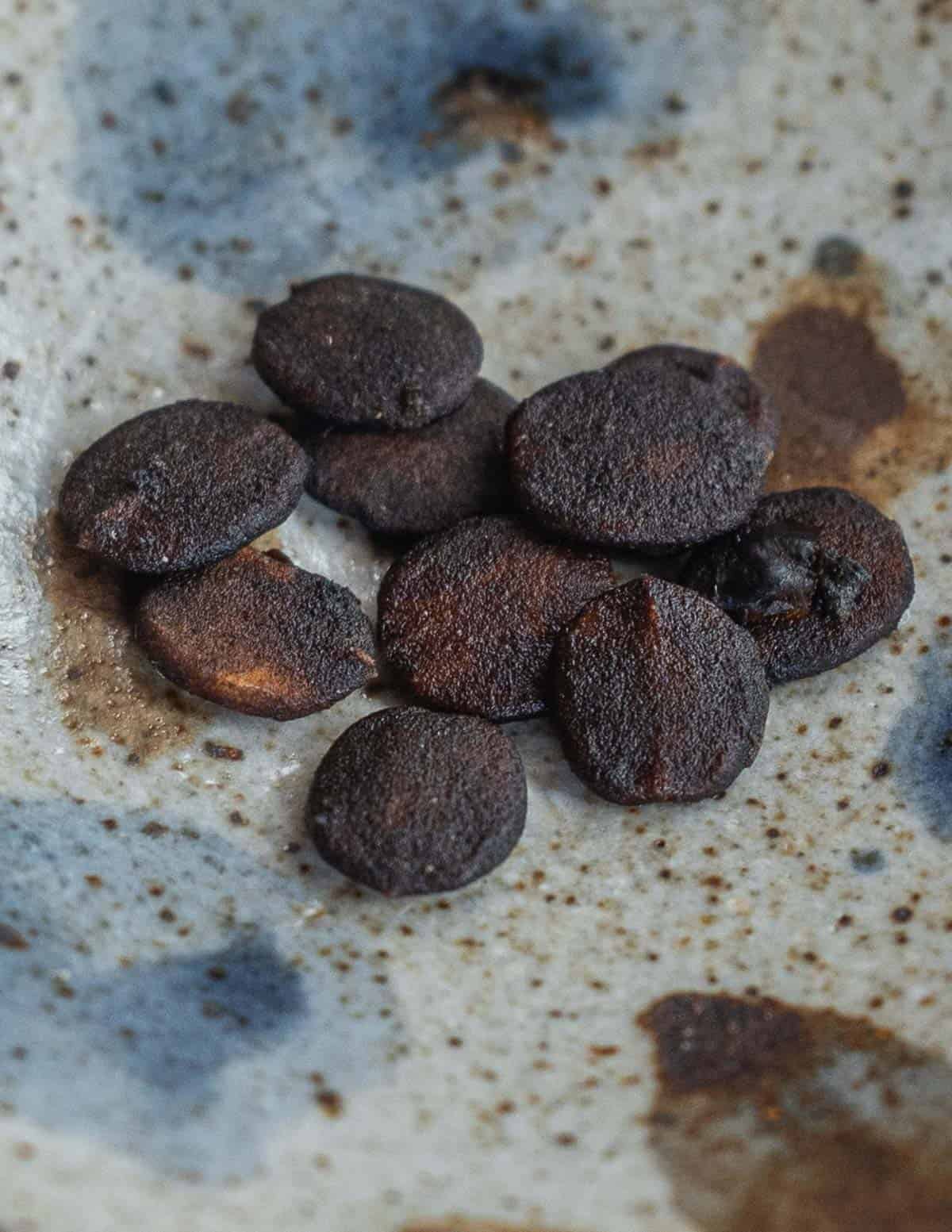
Where I live, many plants also seem susceptible to insect or disease problems like powdery mildew or leaf spot.
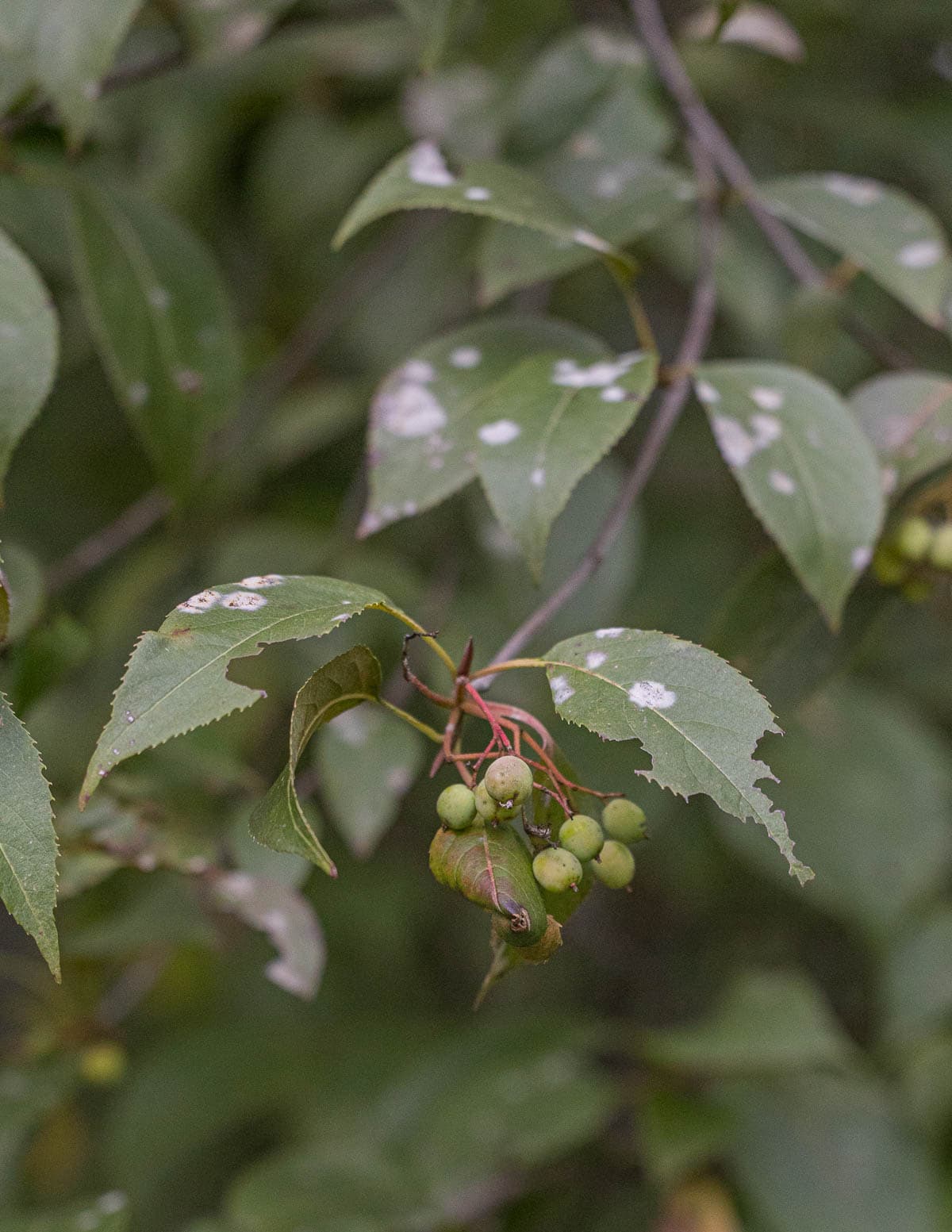
Look Alikes
There's a number of similar, related plants in the Adoxaceae family. Sam Thayer has a great list of them in his new field guide.
- Dwarf Black Haw (Viburnum obovatum)
- Common Black Haw (Viburnum prunifolium)
- Wild Raisin / Witherod (Viburnum cassinoides and Viburnum nudum)
- Rusty Black Haw (Viburnum rufidulum)
- Hobblebush (Viburnum alnifolium)
- Guelder Rose / Highbush Cranberry (Viburnum opulus and Viburnum trilobum)
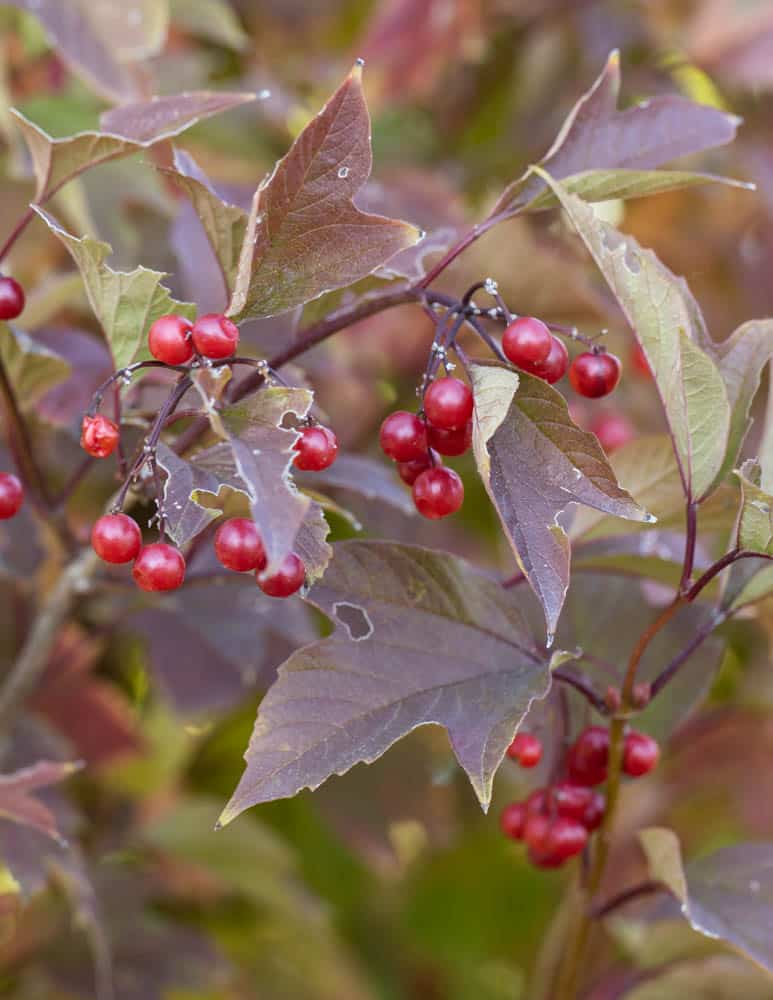
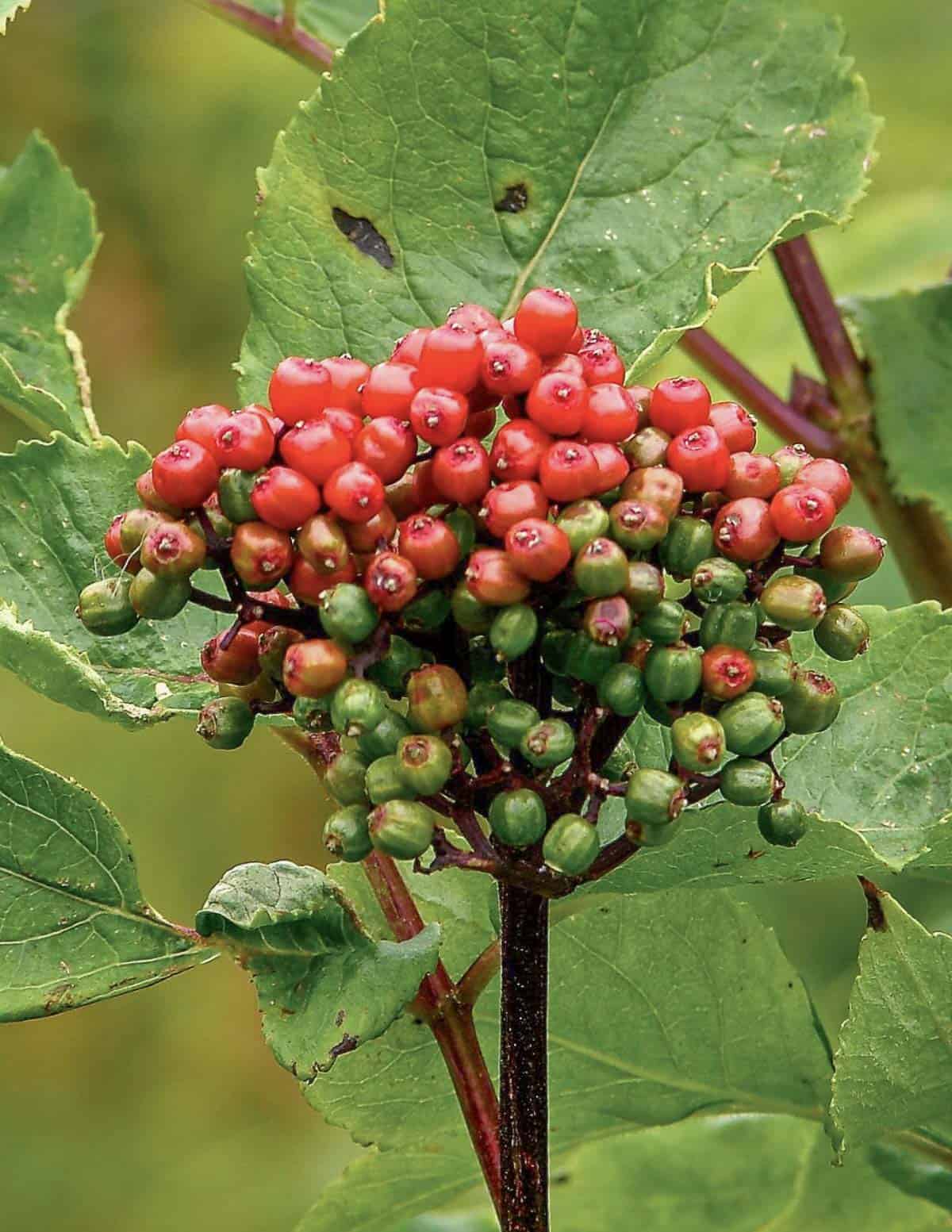
There aren't really any dangerous look a like plants to my knowledge, but beginning foragers could potentially confuse the plant with edible aronia, or inedible buckthorn berries as the leaves can appear similar.
Arrowood plants (Viburnum dentatum and others) could also potentially be confused with true nannyberries, they have extremely bitter fruit that shouldn't be eaten.

Harvesting Nannyberries
I start to check on the progress of the shrubs in early October. The fruit ripens gradually and often unevenly, so it's best to wait until all of the fruit are nearly black in mid October-early November.
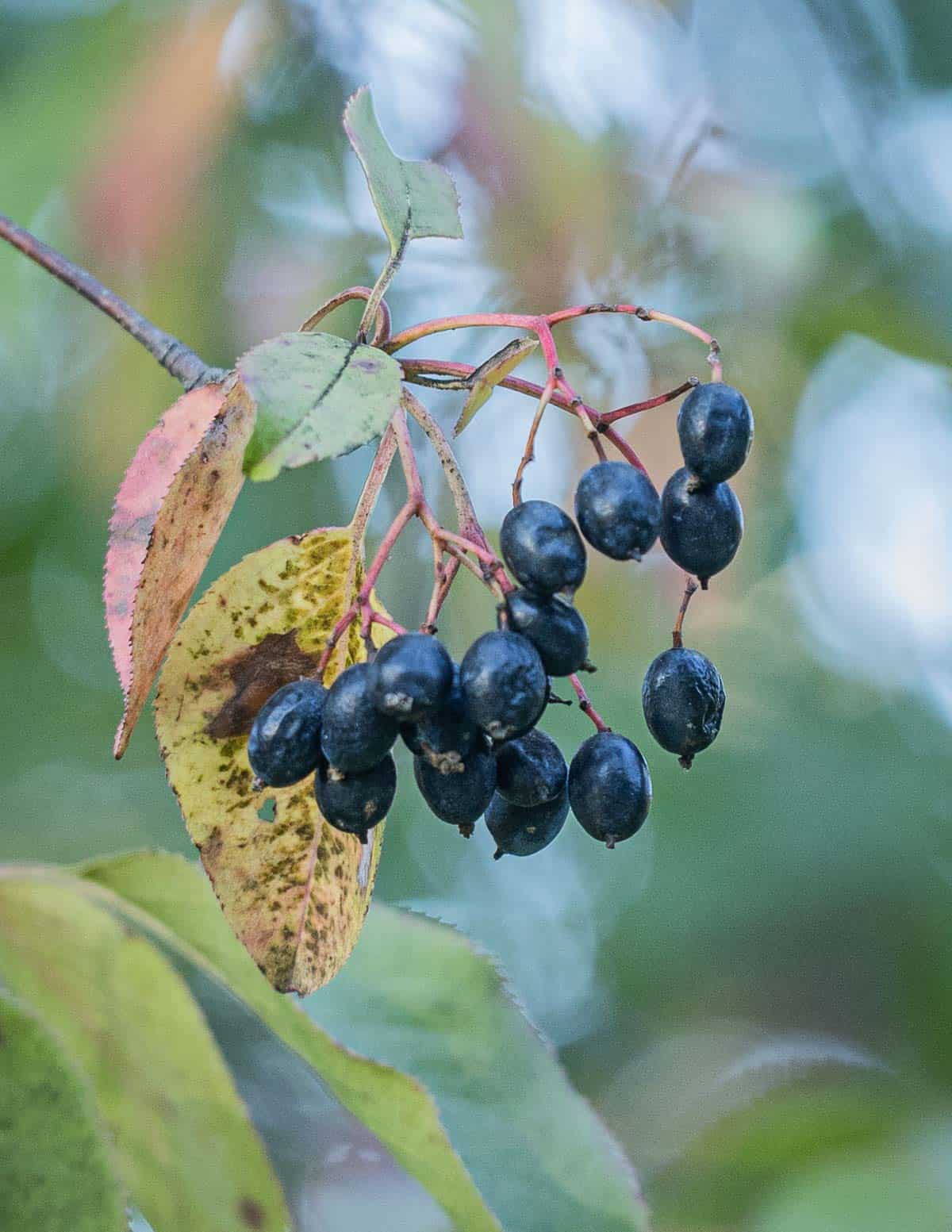
The fruit often stays on the shrub after the leaves fall and persist into winter, so it's a great candidate for winter foraging. But, as the stems dry out it becomes difficult to harvest fruit without stems attached, so fruit harvested in the winter is generally more difficult to clean.
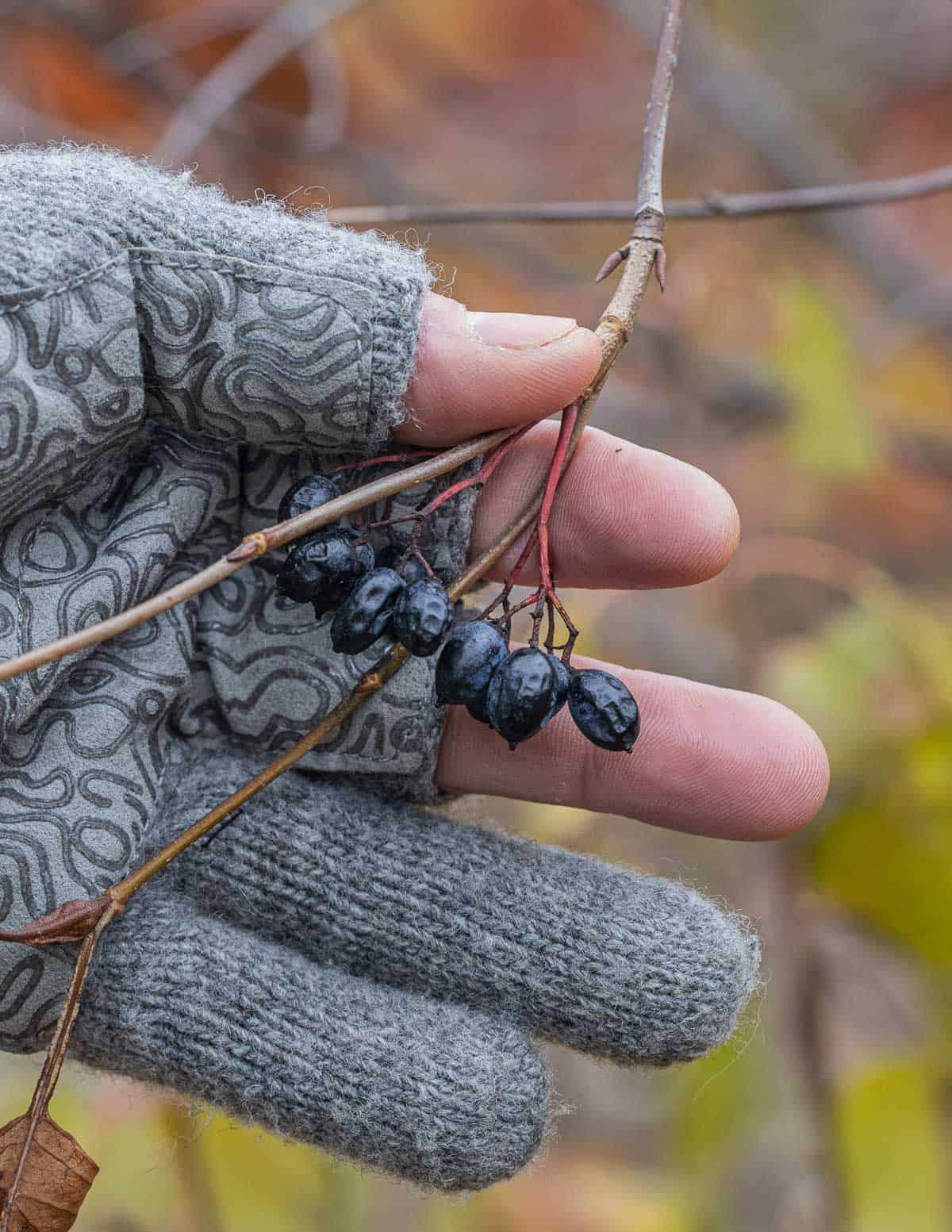
I think the fastest and most efficient way to harvest the fruit is by using a berry rake. Most people know these from harvesting blueberries, but they can be used for many fruit, especially chokecherries and serviceberries.
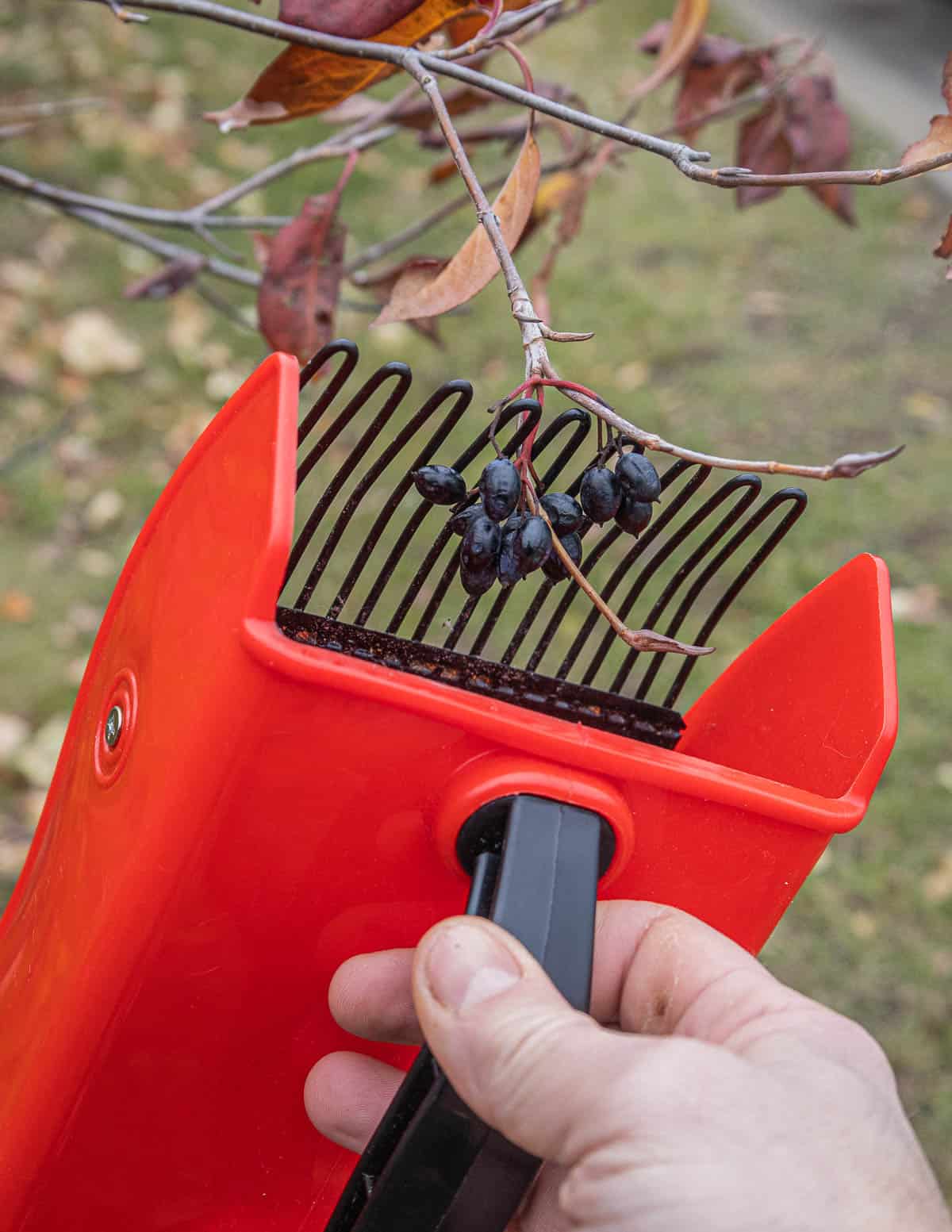
Harvesting with a rake means you'll get some leaves and twigs mixed in but they only take a few minutes to remove. I think it's a small price to pay for the increased amount of fruit you can harvest.
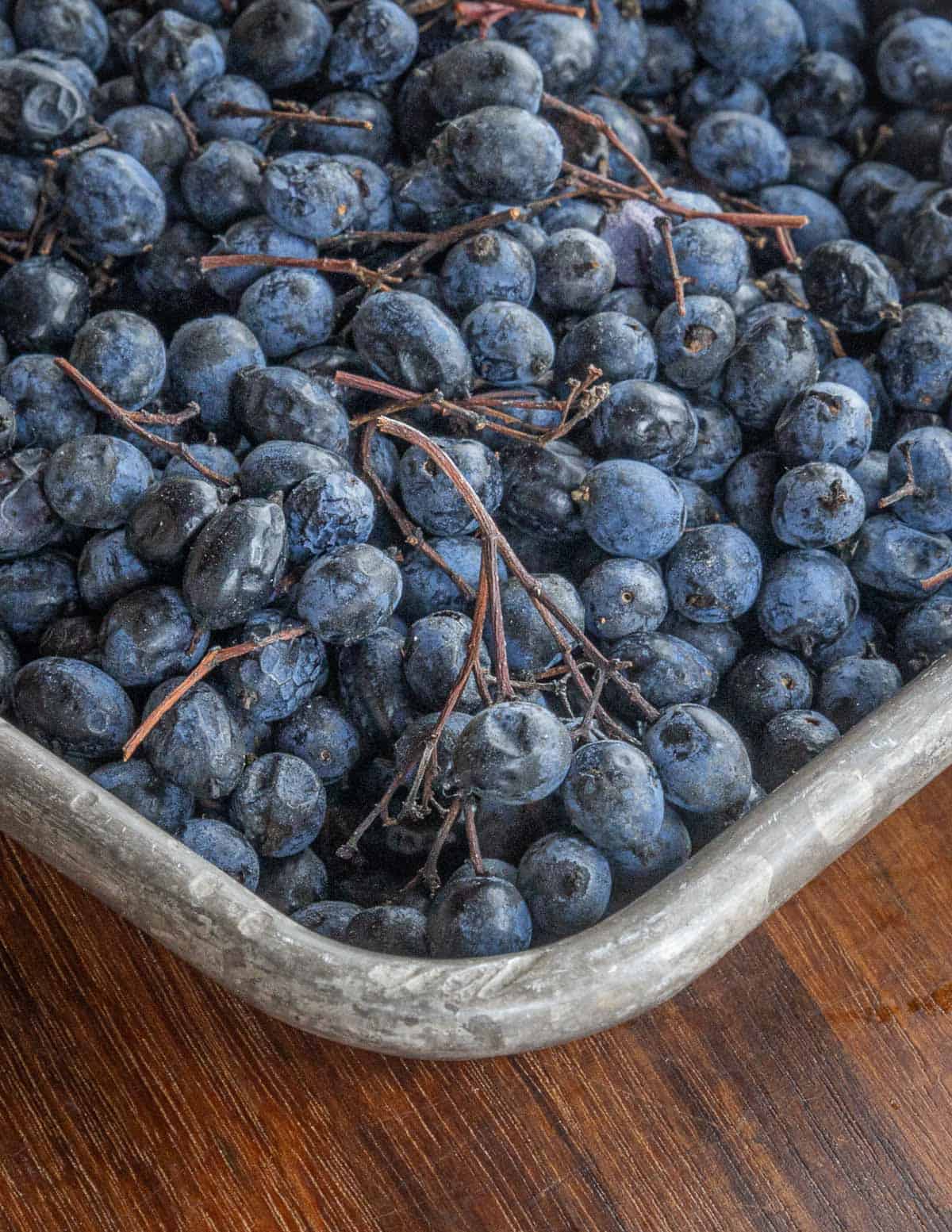
Tips
- Thoreau wrote that the unripe fruit will ripen if left on the counter. I've tried this and it works, but I agree with Sam Thayer that unripe berries ripened off the plant don't seem to taste as good as naturally ripened ones.
- I find the fruit easier to clean if it's harvested before the red stems have dried and become brittle.
- After the fruit are harvested nannyberries can be cleaned, frozen, and processed whenever you like. It's a good thing to do in the winter.
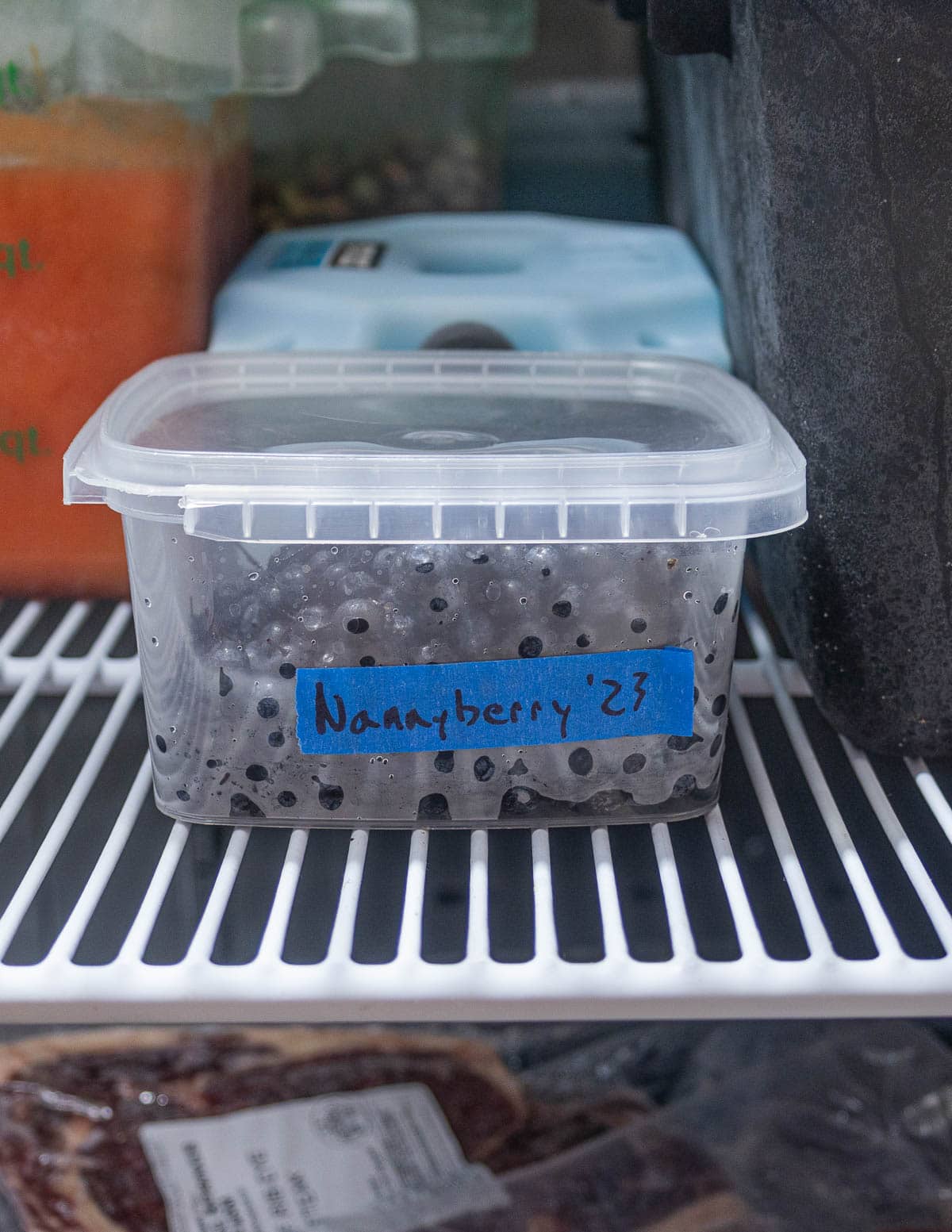
Processing Nannyberries
To use nannyberries in the kitchen, you'll need to process them into nannyberry puree or coulis by cooking and passing through a strainer, similar to other fruits that need their seeds removed. The first step is cleaning.
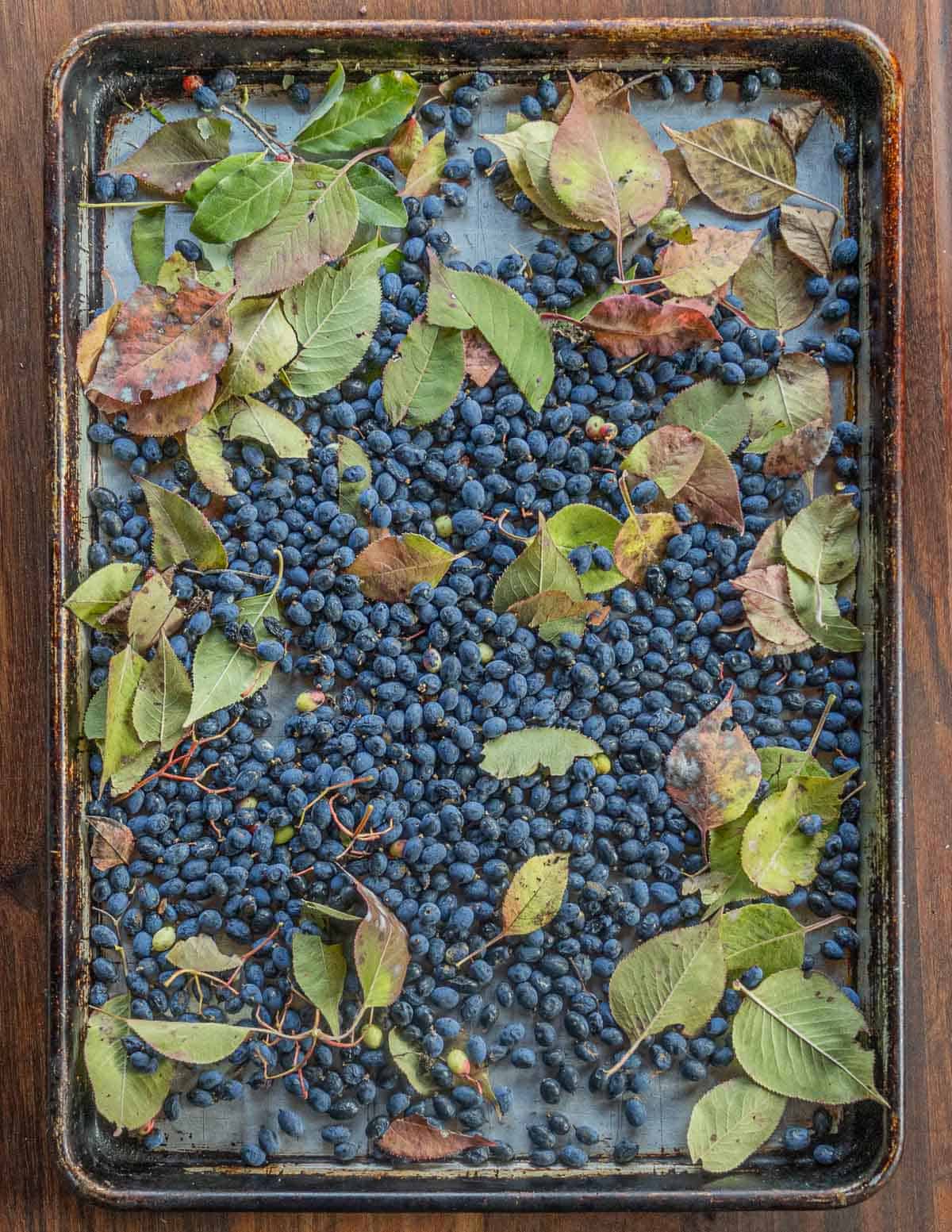
After the berries are harvested, they should be picked over for unripe fruit and leaves. Large amounts can be winnowed with a box fan by pouring the fruit and leaves from one bowl into a larger bowl in front of a box fan.
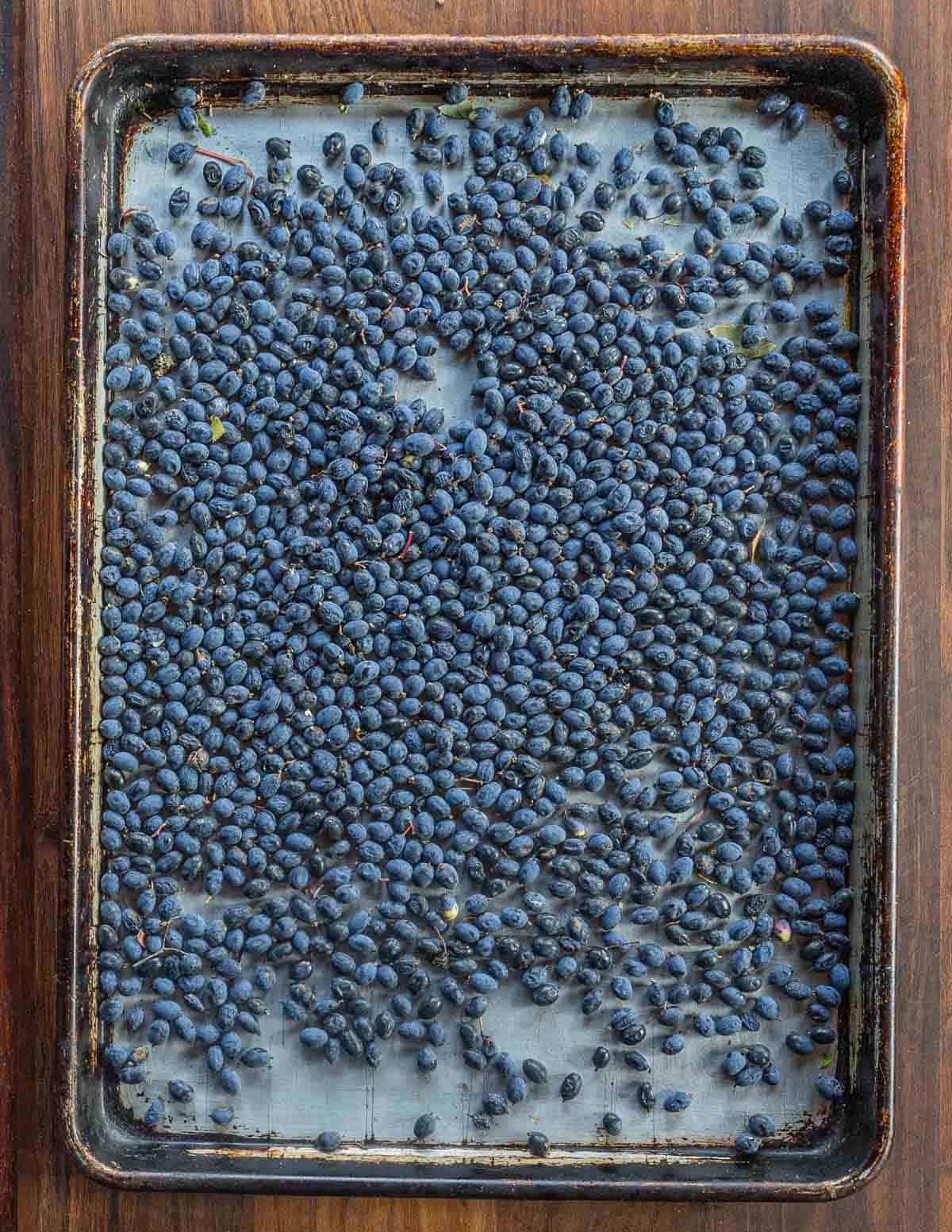
Next the fruit should be rinsed, then it's ready for cooking. The images below illustrate the cooking and straining process.
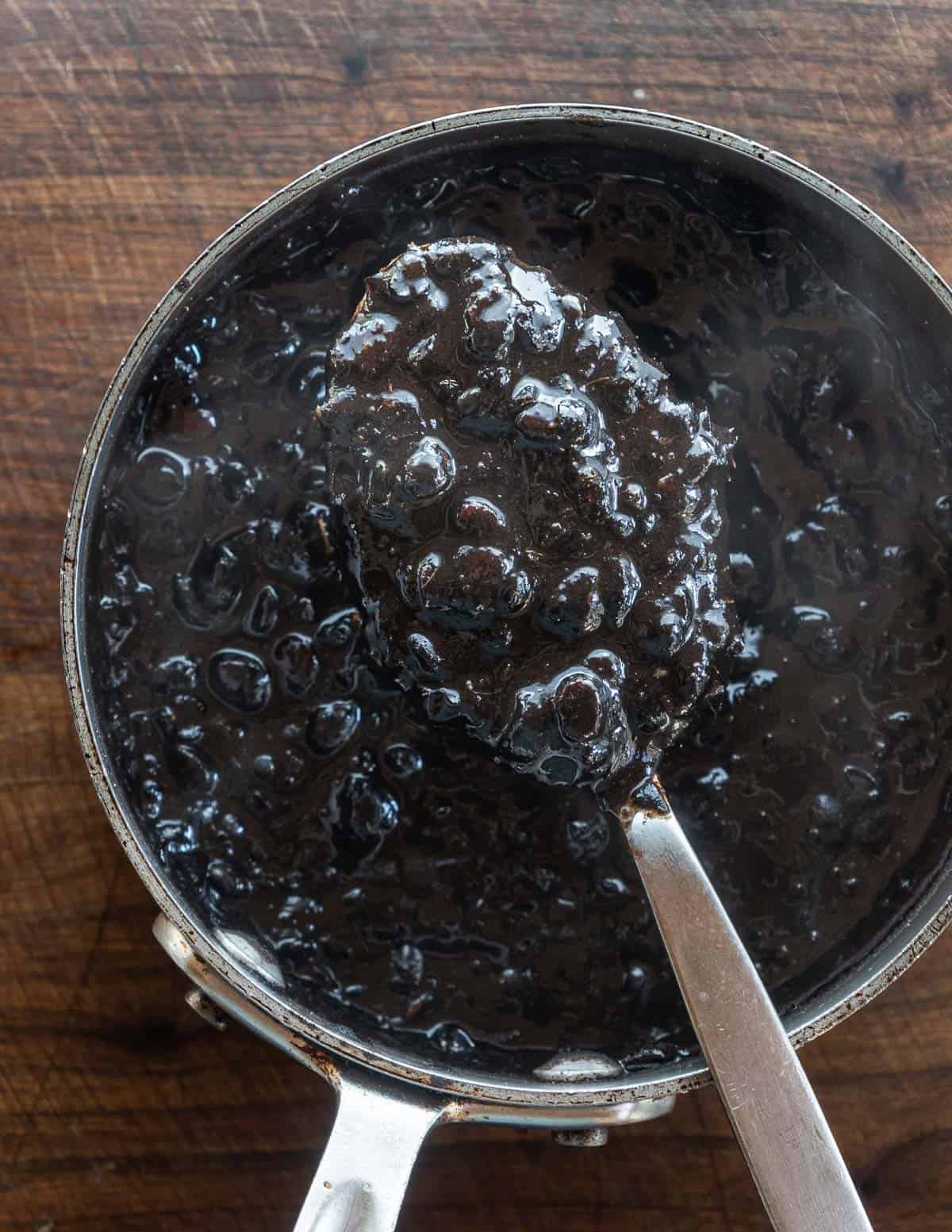
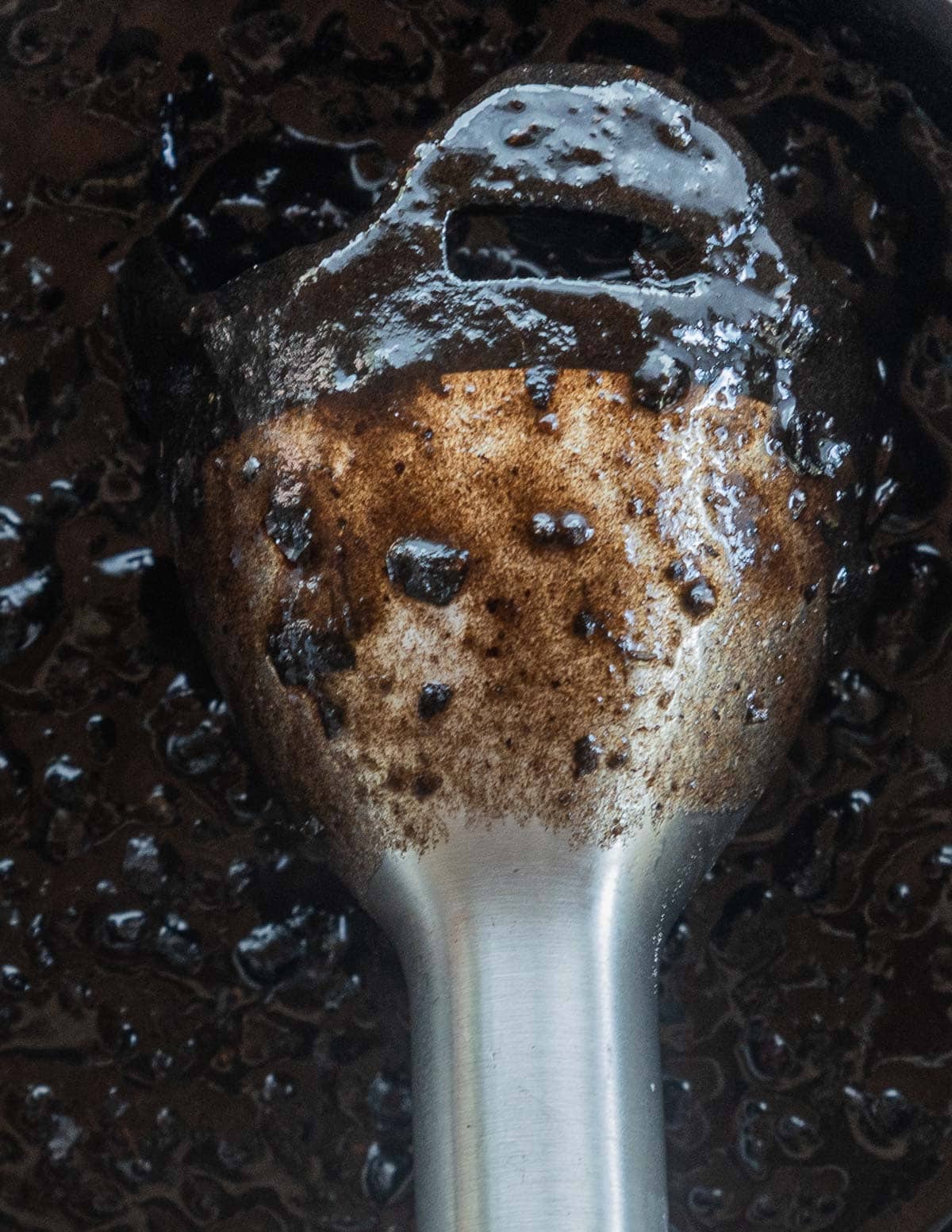
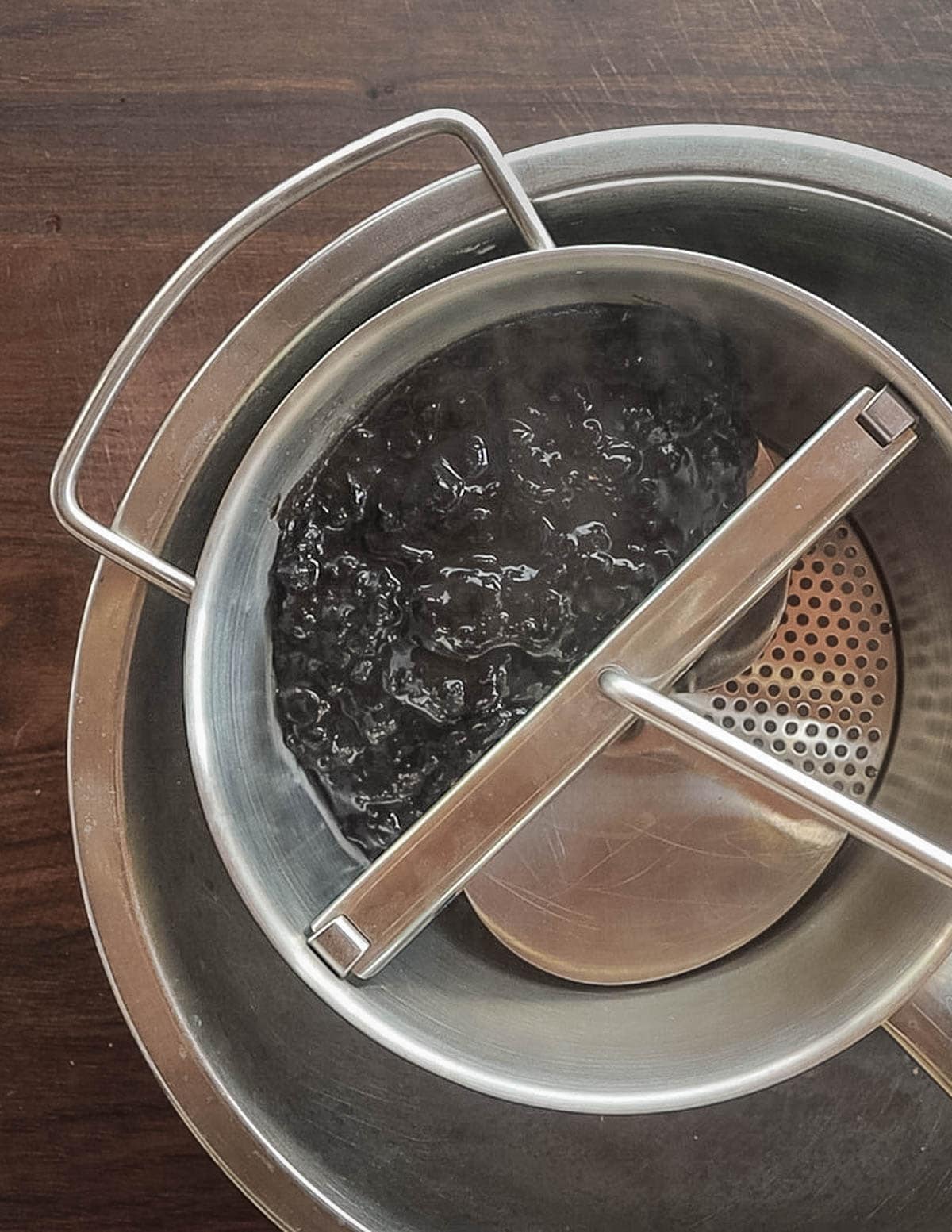
After the puree is strained it can be frozen until needed and used in place of oil or apple sauce in baked goods, especially quick breads like banana bread. It also makes a good fruit leather.
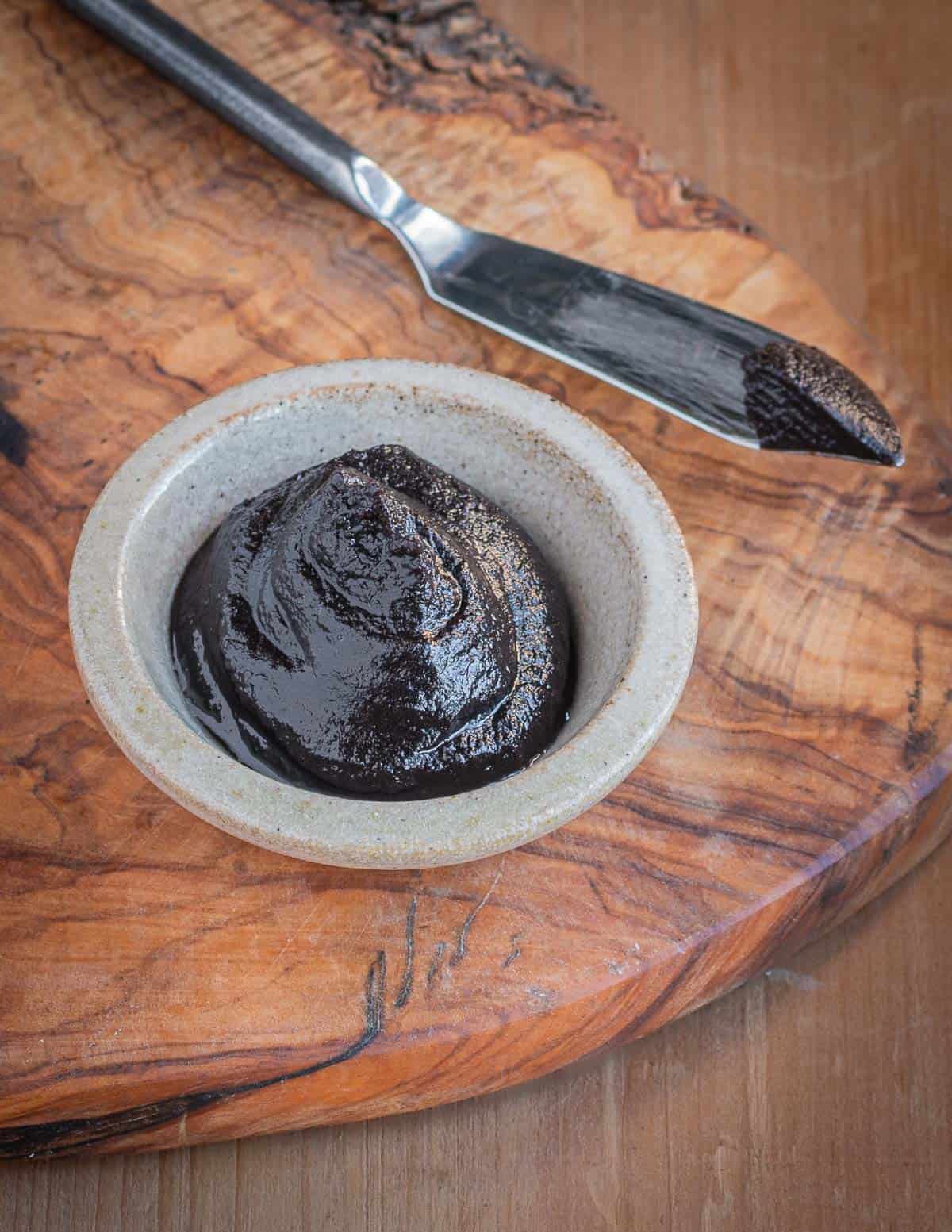
From here I like to concentrate the flavor and remove some moisture by baking the puree in a wide pan, whisking occasionally until thickened. For the smoothest texture, puree it in a blender first.
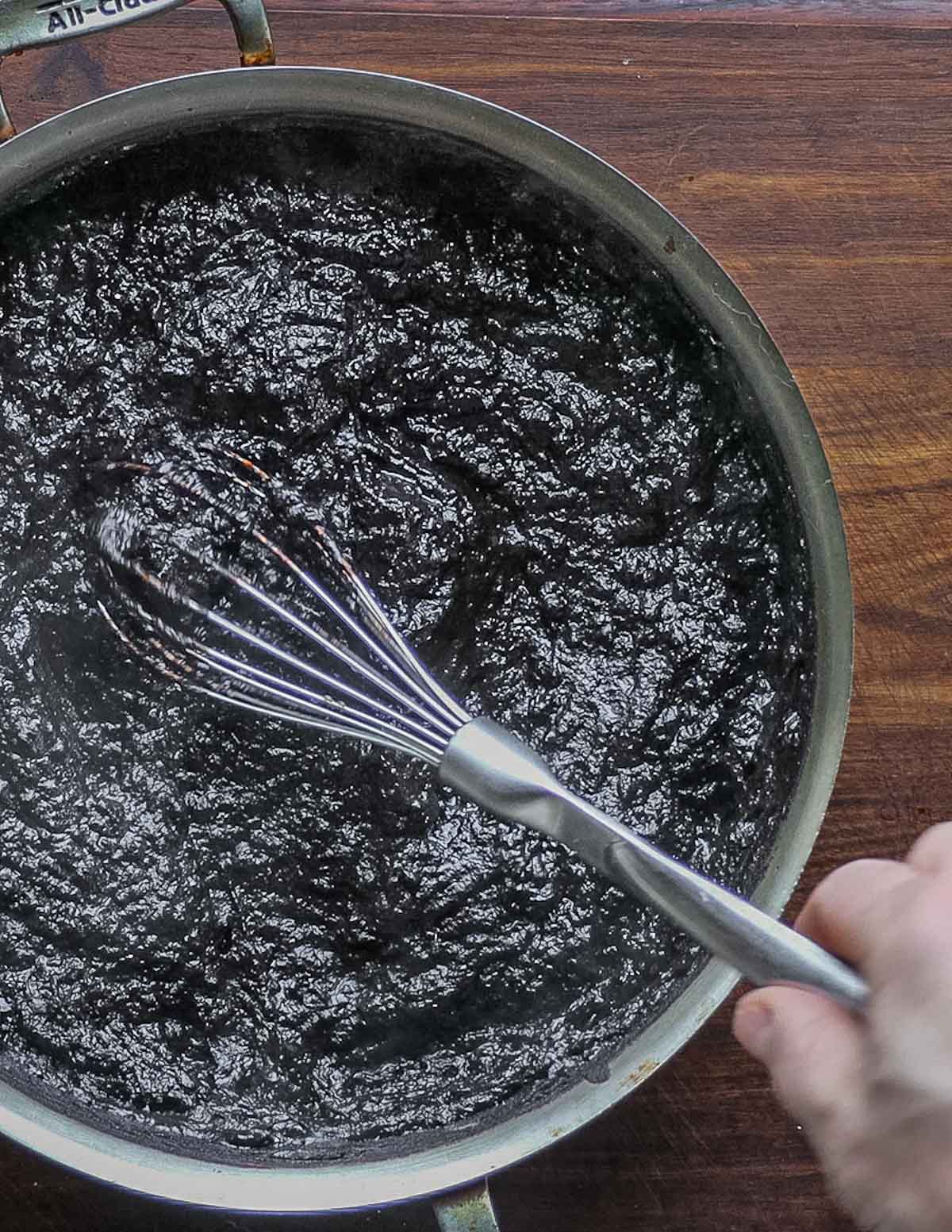
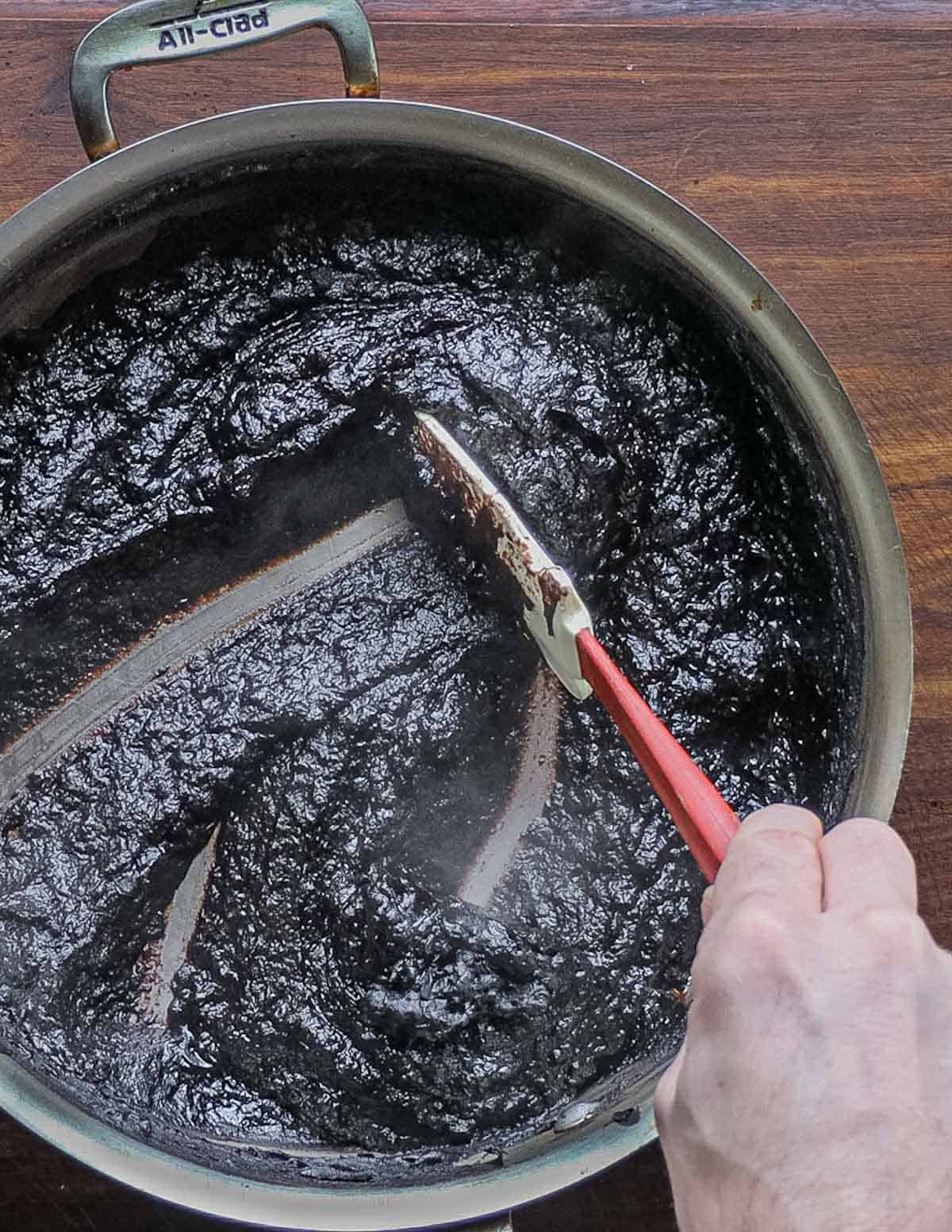
Nannyberry Recipes
After you've made your nanny puree there's all kinds of ways you can enjoy it in the kitchen. Here's a few favorites I've developed over the years.
Maple-Nanny Butter
Just like apple butter, I love adding maple syrup and cinnamon to the finished puree and baking in an oven until thick and rich. It cans well too. It's a luxury on toast, or it can be used as the base of other desserts. See the recipe here.

Hand Pies
The fruit butter is great in fillings. To make hand pies, spoon some butter into 4 inch rounds of dough and fold them closed. Brush with beaten egg and bake in a hot oven, broiling for a moment to color them.
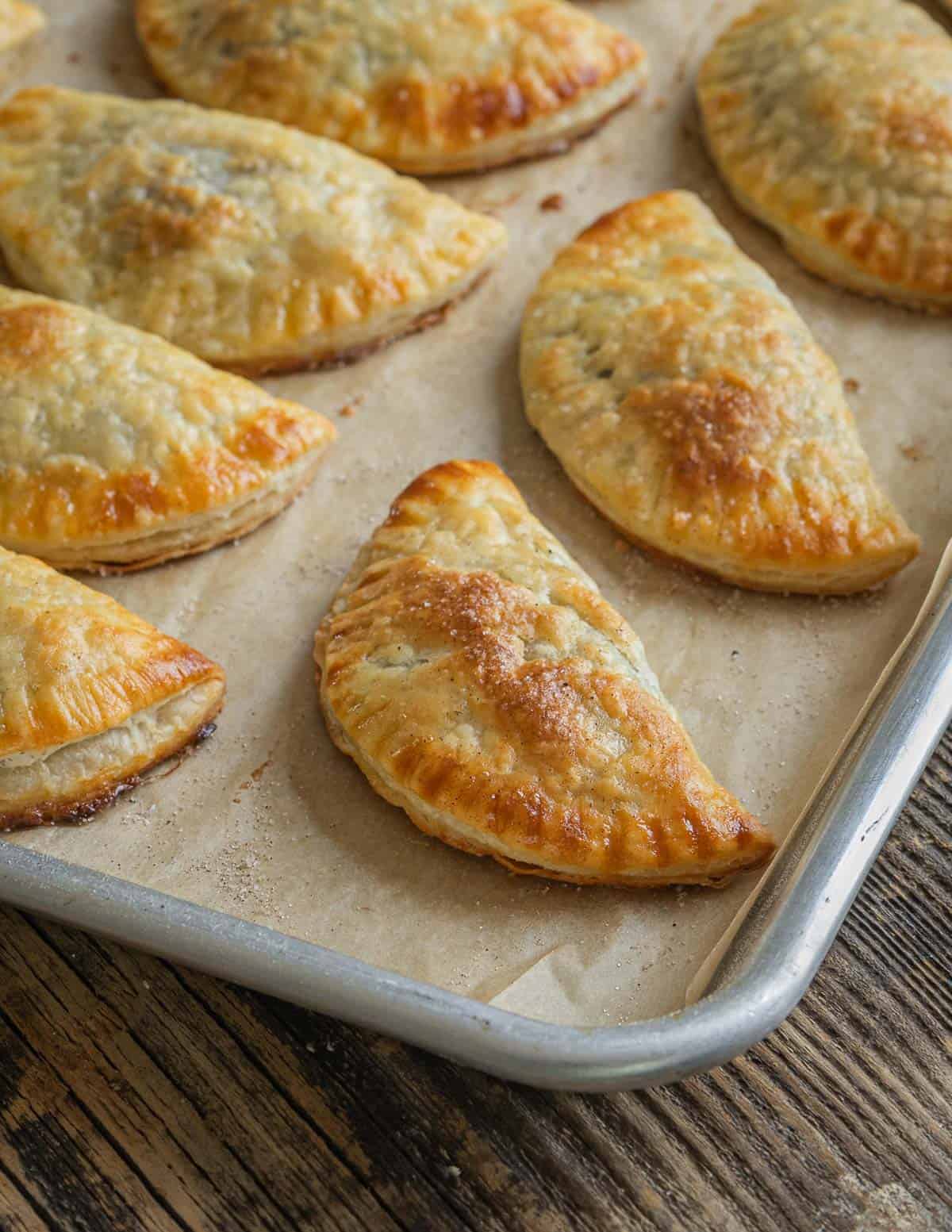
Mousse
Mixing nanny butter with whipped cream set with gelatin makes for a simple dessert if you don't have a lot of puree. Pipe it with a fluted tip for dessert that looks more complicated than it is.
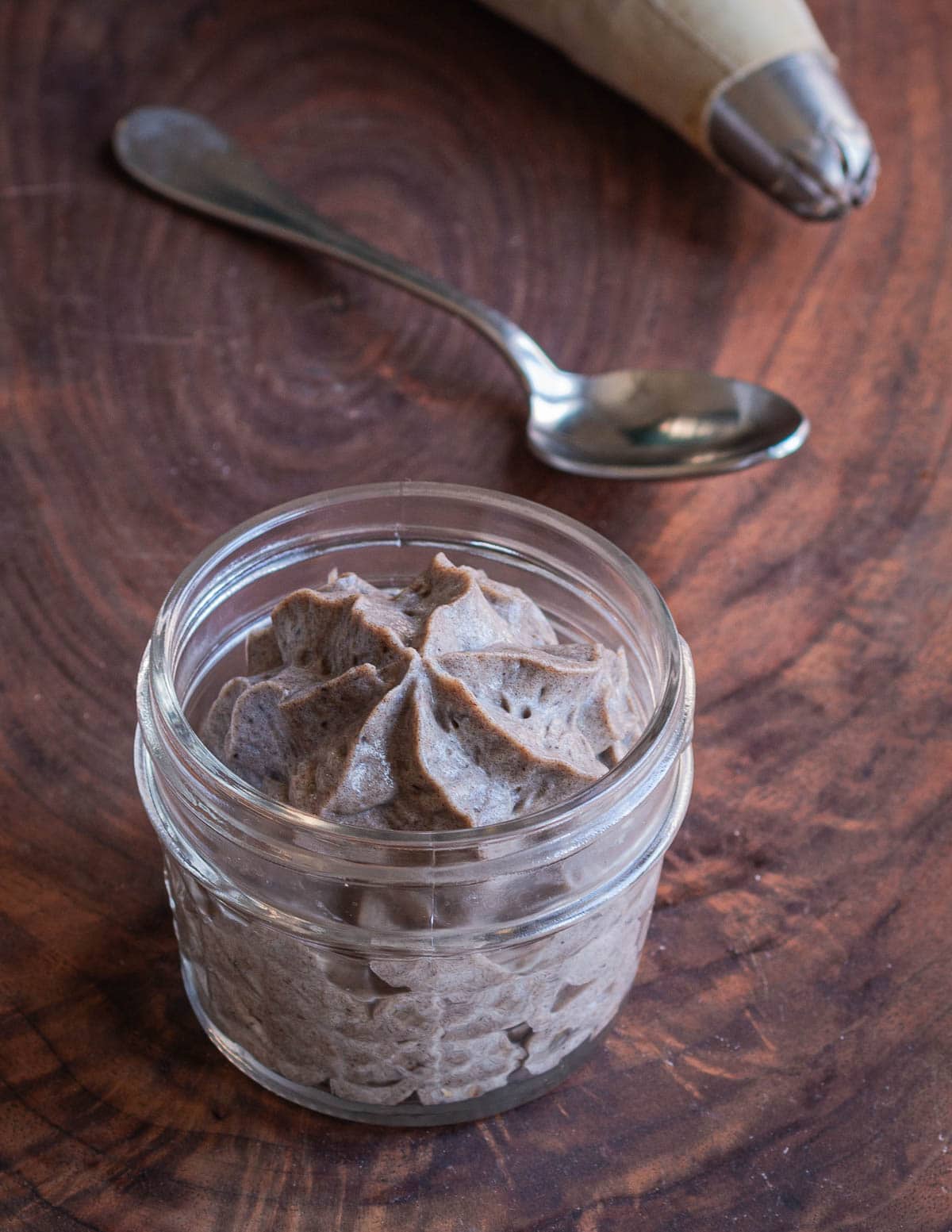
Fruit Cake
One of my favorite desserts I've made, studded with nuts and steamed like a classic pudding. To make it, substitute nannypurree for persimmon puree in my persimmon pudding cake.
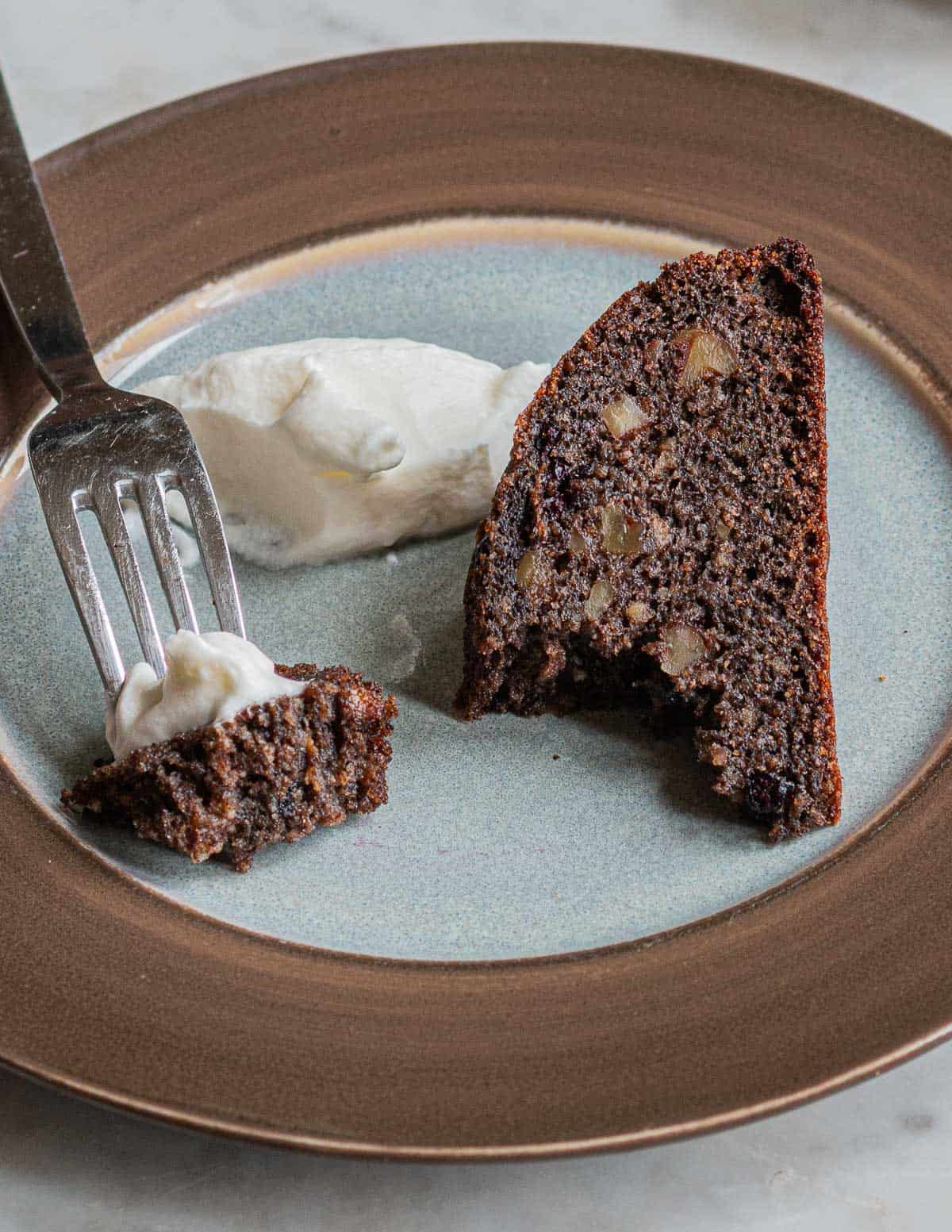
Nannyberry Bread
Arguably the first thing any forager should make. Think banana bread with a haunting, fruity flavor. The dark color evokes shorter days and the coming solstice. It makes a statement for brunch or a dessert by itself. See the recipe here.
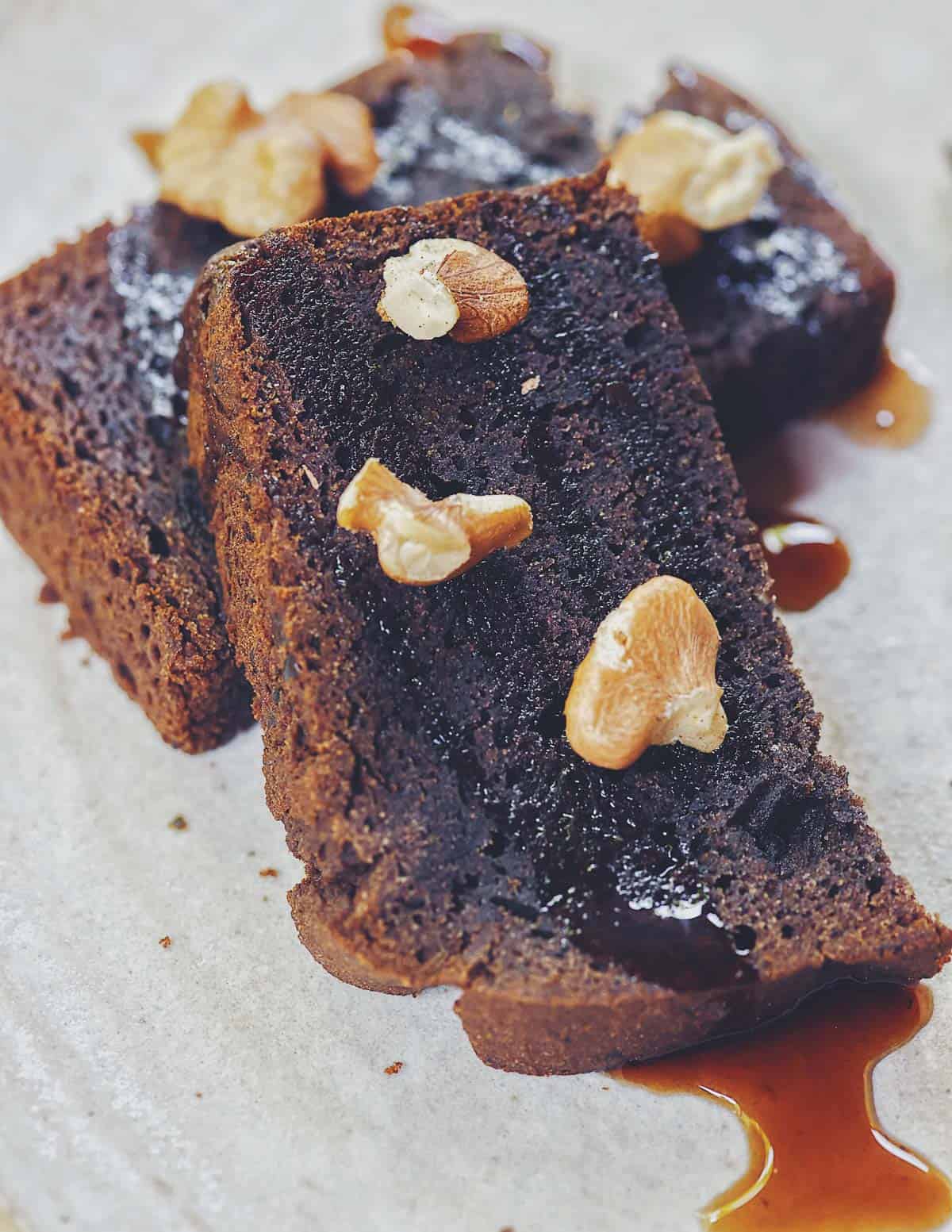
Nanny Black Locust Torte
A dessert I invented for Sam Thayer when he gave me 2 gallons of his nanny butter.
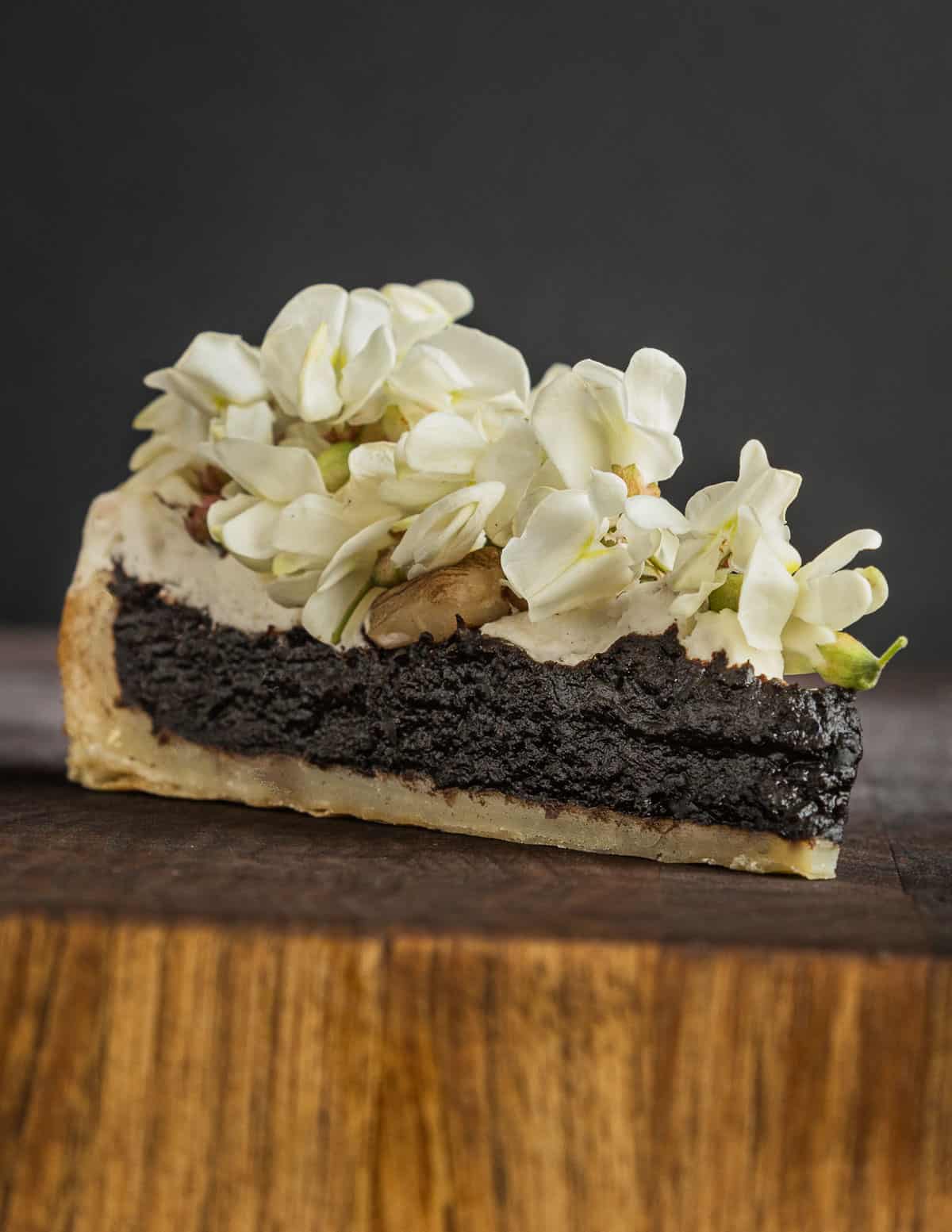
To make it, blind bake a pastry crust, fill it with thick nanny butter and bake it slowly to firm up, then cool. Spread the top with whipped cream, garnish with candied angelica, toasted butternuts. Slice the cake and cover it in fresh locust flowers.
More Fall Foraging
How to Process Nannyberries
Equipment
- 1 Food mill
- 1 Pot for cooking the fruit
- 1 Handblender
Ingredients
- 10 cups frozen or fresh nannyberries
- 7 cups water
Instructions
- Wash and clean the fruit, then put into a pot with the water and bring to a simmer for 10 minutes.
- Smash the fruit or pulse with a handblender to break them up.
- Pass the mixture through a sieve or food mill to extract the pulp.
- You can add a little extra water to the pulp and put it through the food mill a second time to get as much as possible.
- At this point I like to put the fruit puree in a highspeed blender for a smooth texture, but you don't have to.
- Put the puree into a wide pan and bake at 300 F, whisking occasionally until thickened, about 30 minutes. I like to add a pinch of salt and sugar or maple syrup as a preservative.
- Transfer the puree to a container and freeze until needed, or It will hold in the fridge for a week. Use the puree in baked goods, quick breads, and other desserts.

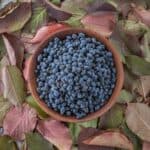
Susan
Hey there I found your page cause I am trying to be able to tell the diff between nannyberry and alder buckthorn and buckthorn. The leaves on both are almost identical to nannberry, the bark on alder buckthorn looks almost exactly like nannyberry, the yes they even have the cute little pointy bird-beak shaped thingy. And they tend to grow together, nannyberry and buckthorns both!
Alan Bergo
Hey there. It’s easy to tell the difference. Nannyberries have fruit in drooping clusters that have an oval, flat seed inside. Buckthorn never does and the fruit are circular instead of ovoid.
Emily S
Ahhh, blending them first! Game changer. I followed Sam’s instructions and tried running them through my standing food mill piping hot and the seeds kept clogging it. Had to switch to a foley mill and do a little at a time. Thank you for the tip!! Now I look forward to processing the rest of the nannyberries in my freezer. I’m dreaming about making a nanny version of a fig newton.
Alan Bergo
I know a couple people who’ve liked those. And yeah, blending was definitely a game changer for me.
Aurora
awesome photos - not having vibuna lantago in australia - im going to try some of those recipes with blueberries - tho' as i was scrolling down the pictures, i stopped at the vibuna poly/flower pic and my elemental guide said ' vibuna flower tea good for migraine' - so if you know anyone who gets migraine, they might want to 'trial' this new information. Cheers from Oz
M R
Hello! Thank you for giving us some excellent ideas for harvesting and using nannyberries. However, a few of the pictures don’t show the plants they are supposed to show—instead of the blossoms, there is some rose family plant, maybe meadowsweet. And a picture of red elderberry is labeled as a hobblebush. Maybe there was a mix-up of images uploaded?
Alan Bergo
Appreciate the vigilance. I'm very familiar with meadowsweet and red elder, neither of them are pictured in this post.
Josie
I just found nannyberries on my property thanks to this post and now I know what to do with them too! Thanks Alan.
Charles Hudson
Thanks for such a comprehensive explanation of this berry. I live in SouthWestern VA. In zone 6 A/B and from what it appears they should grow here.I plan to contact the plant nursery you mentioned to purchase them if they ship to my area. I have 3 of Sam Thayer’s books and will look into his new one.
Alan Bergo
Hey thanks Charles. It's such a good plant.